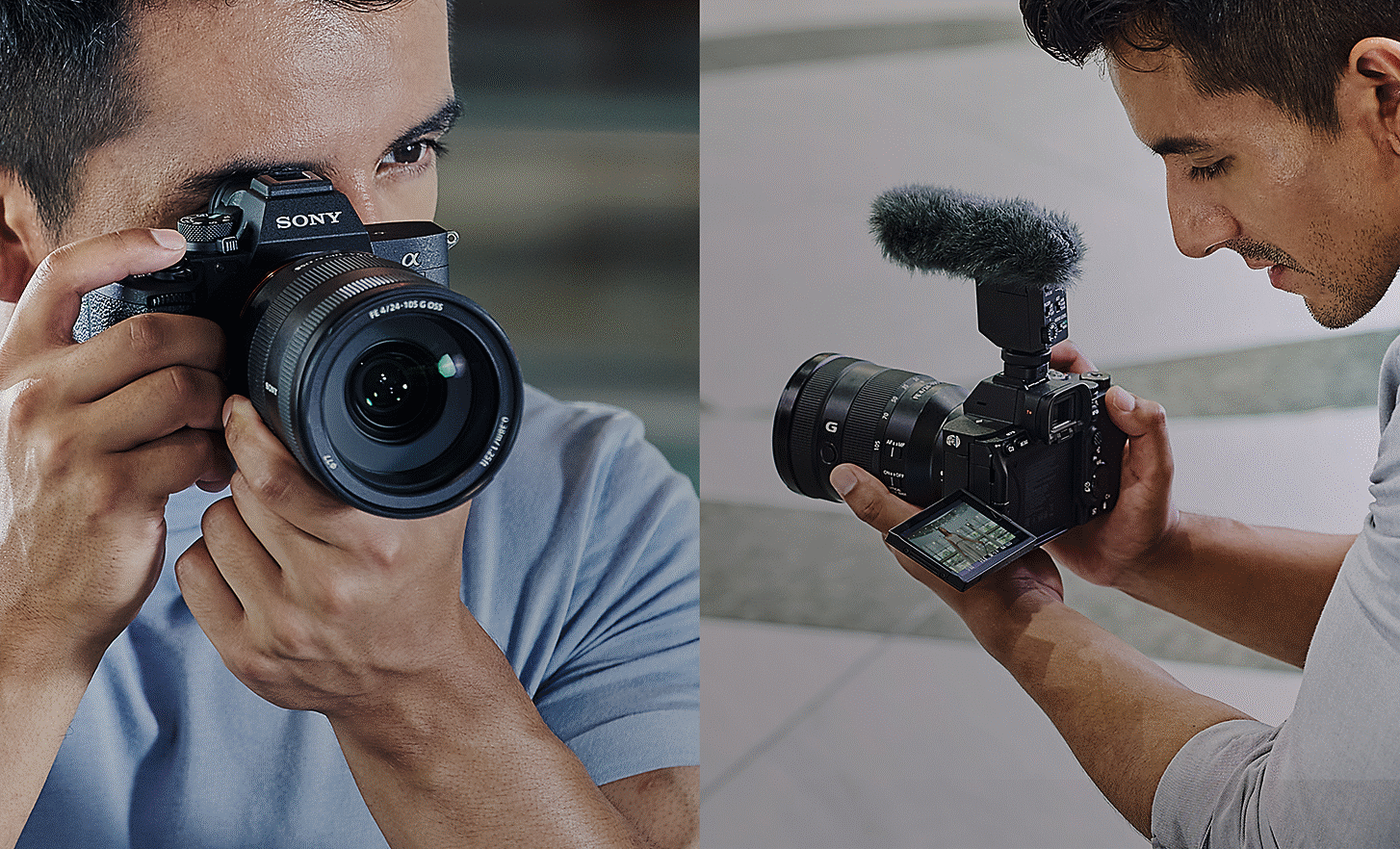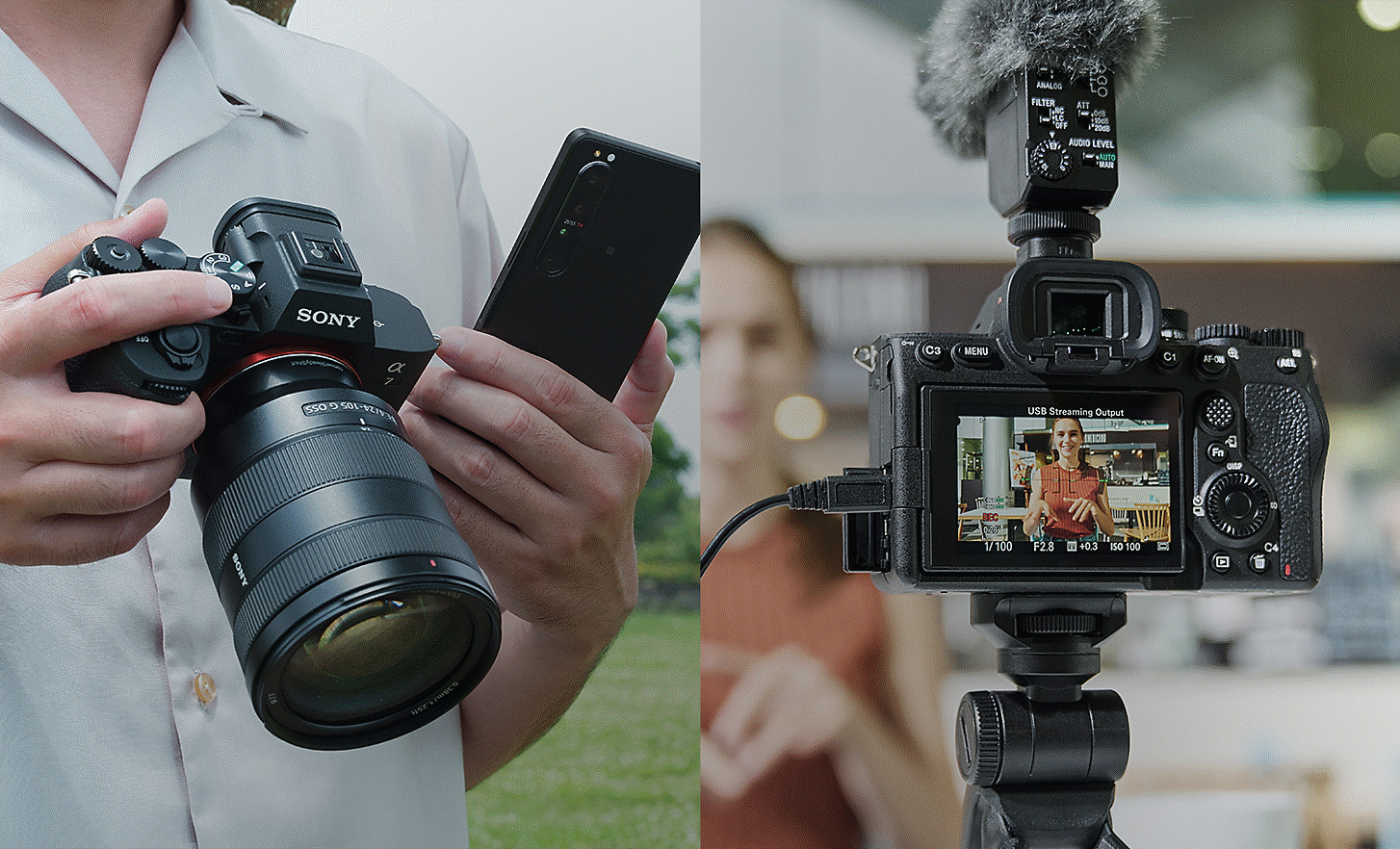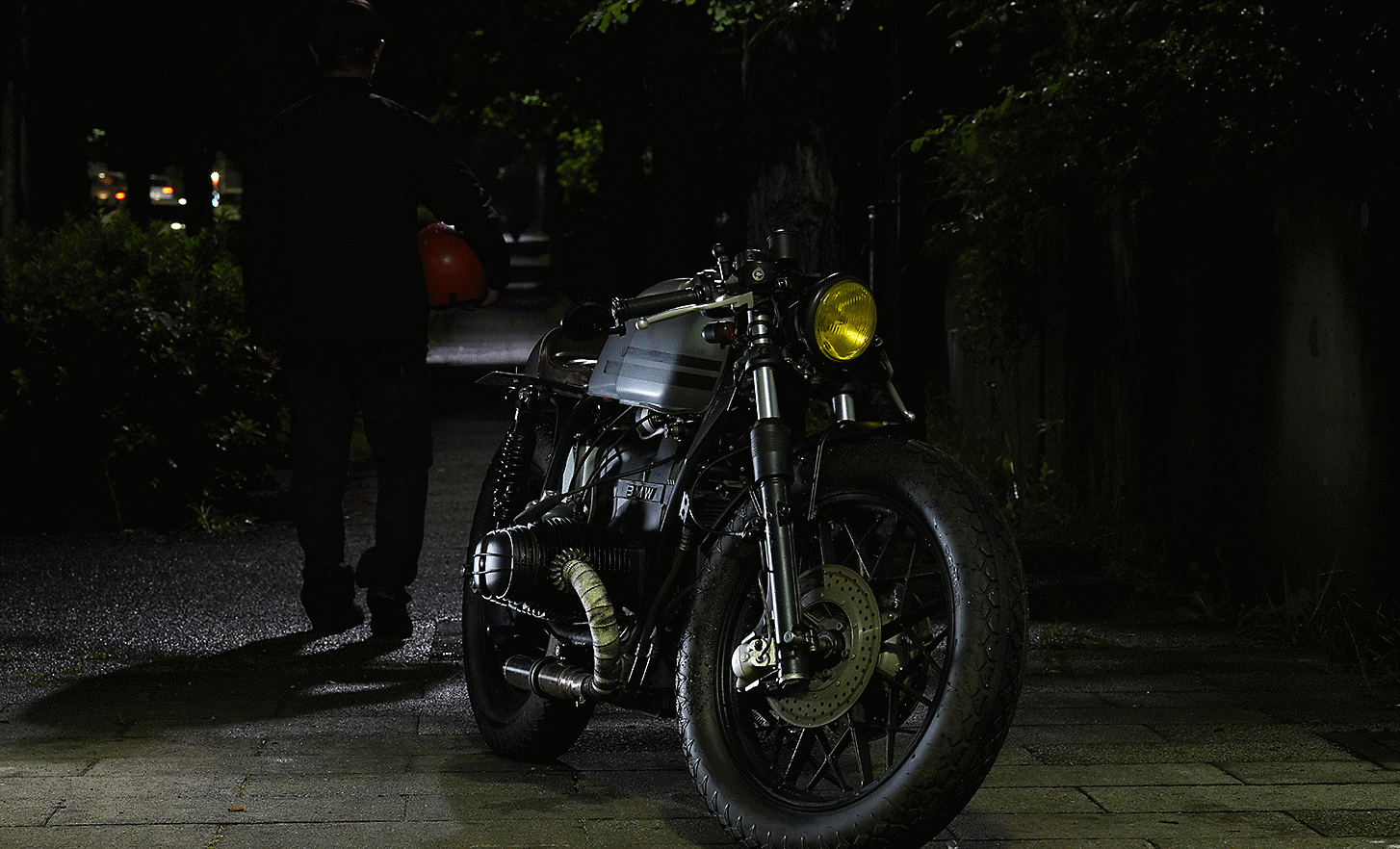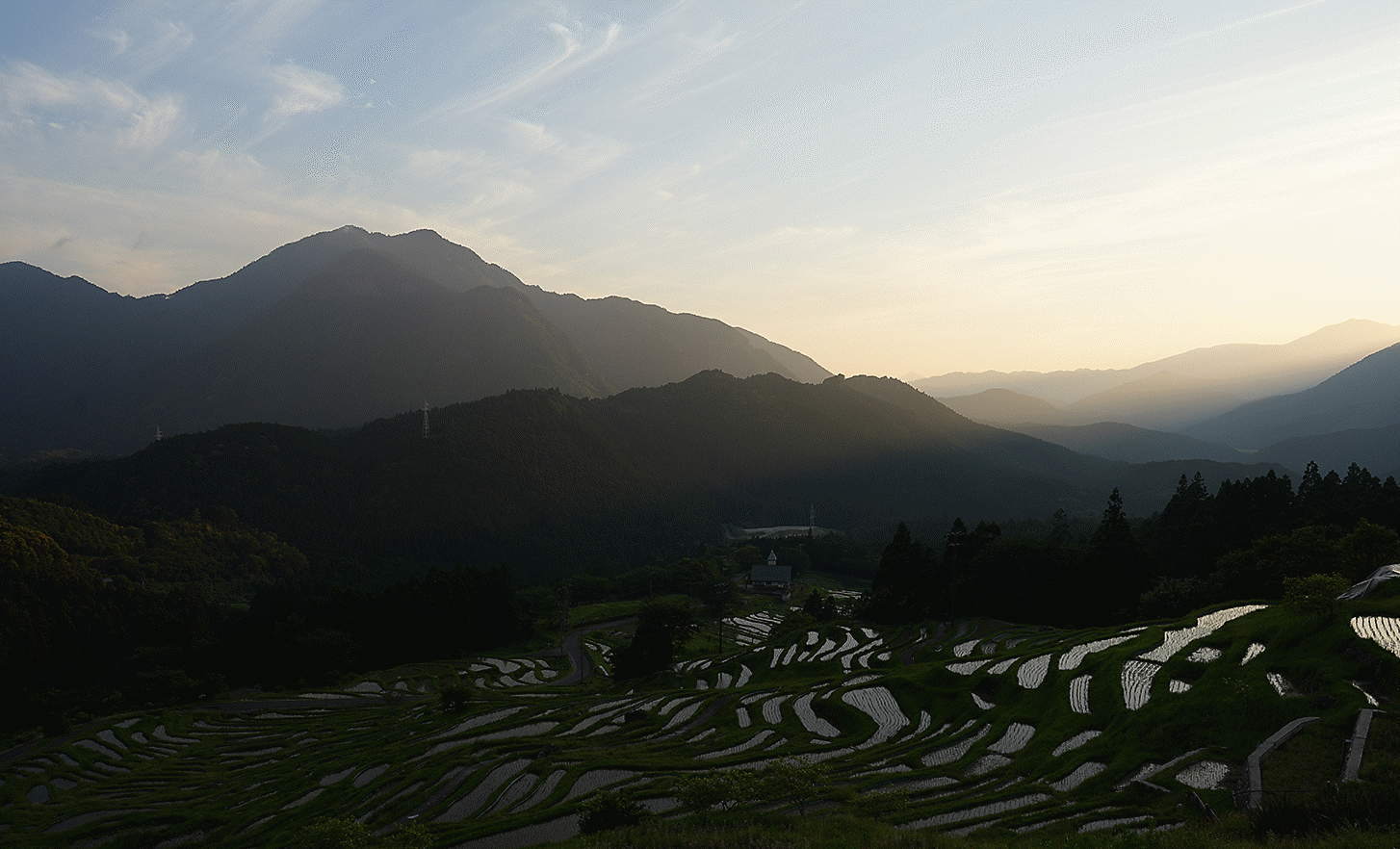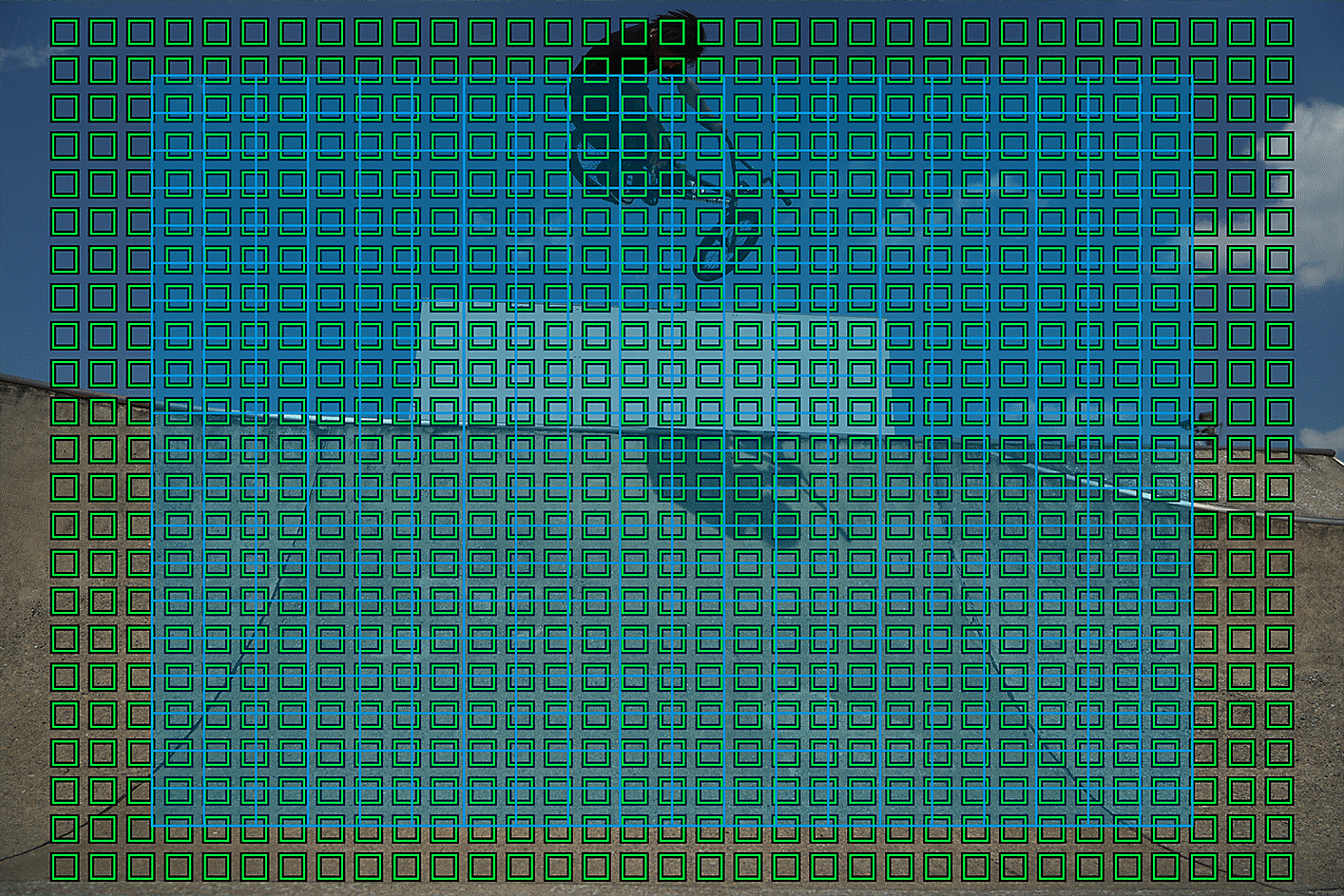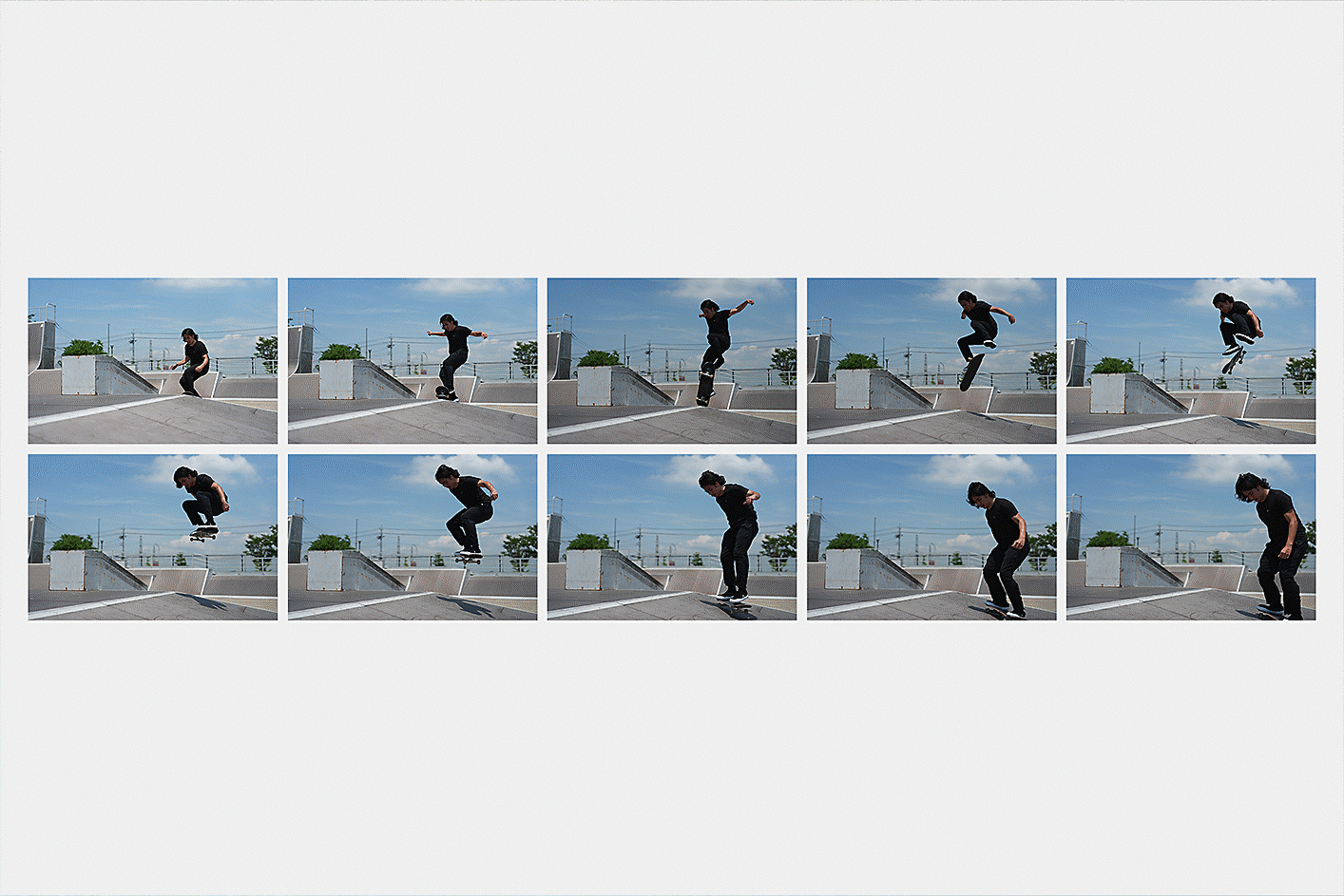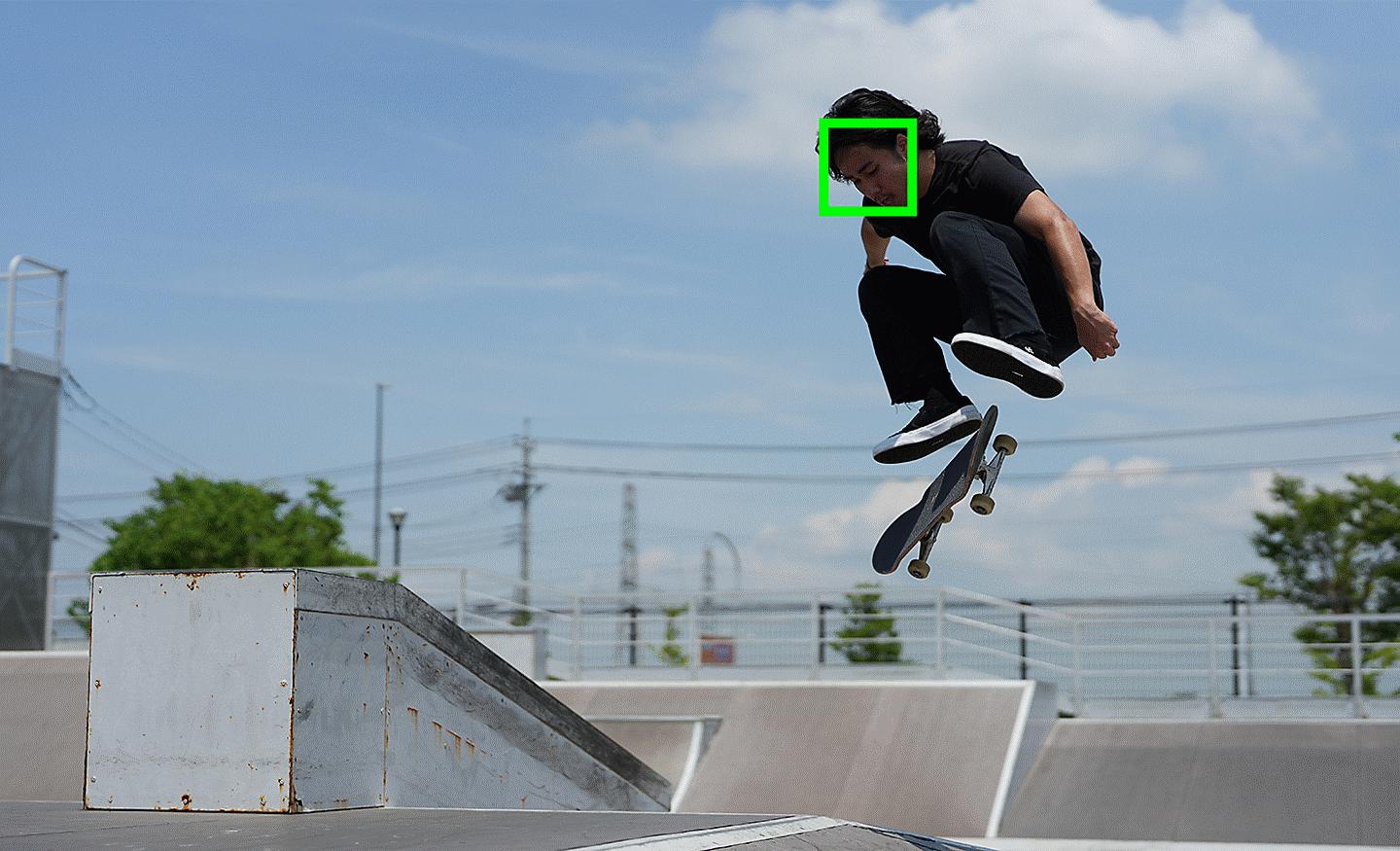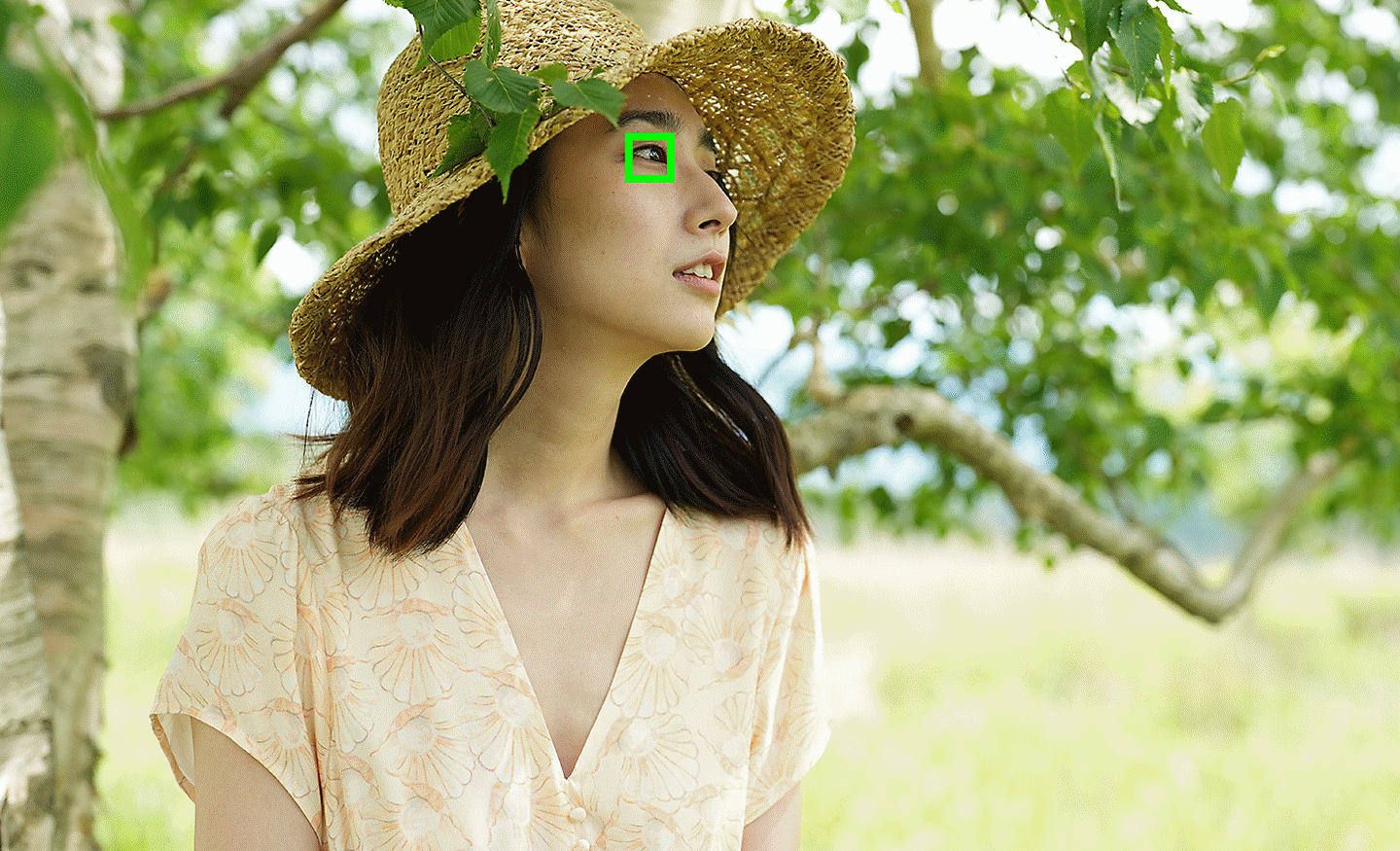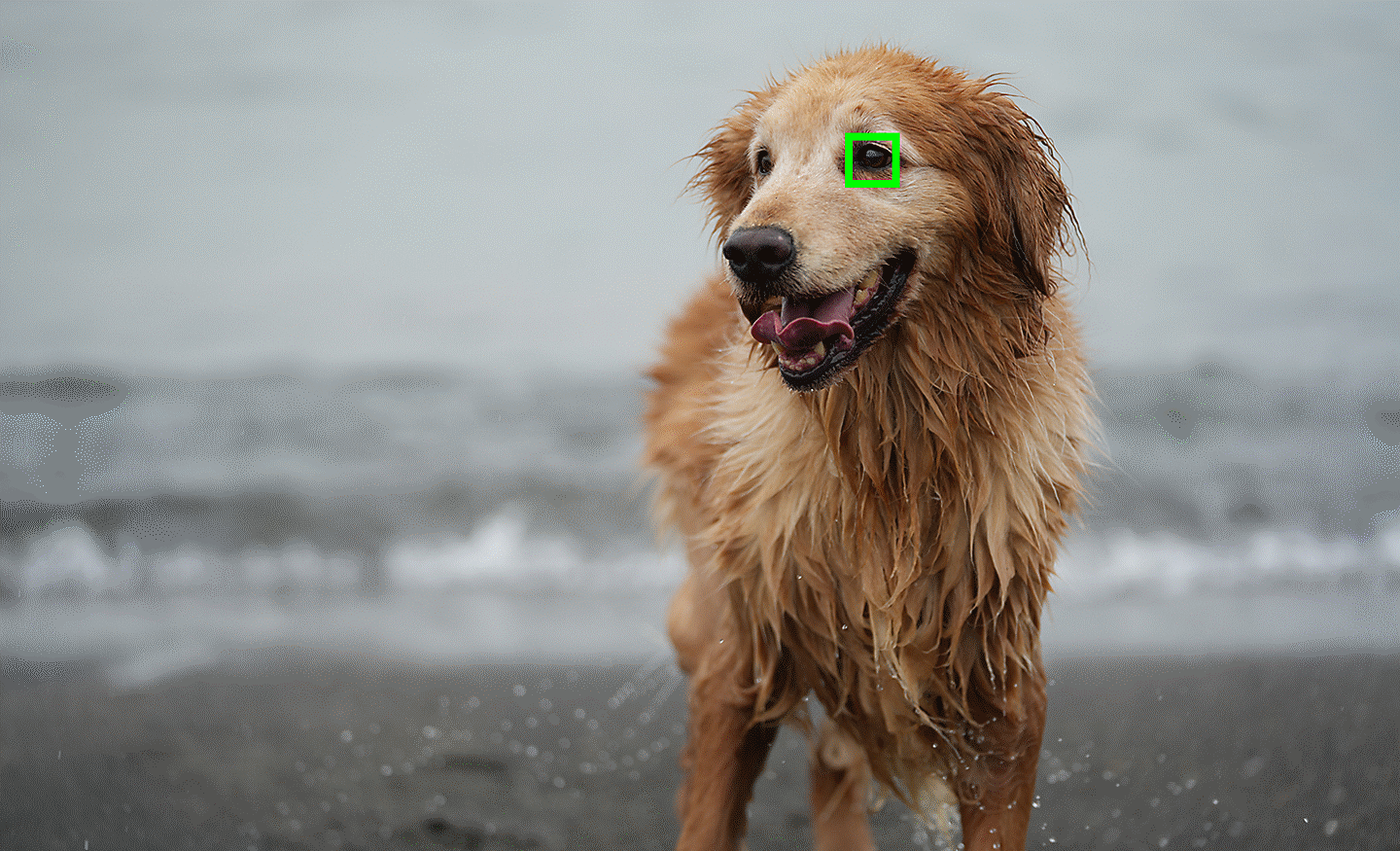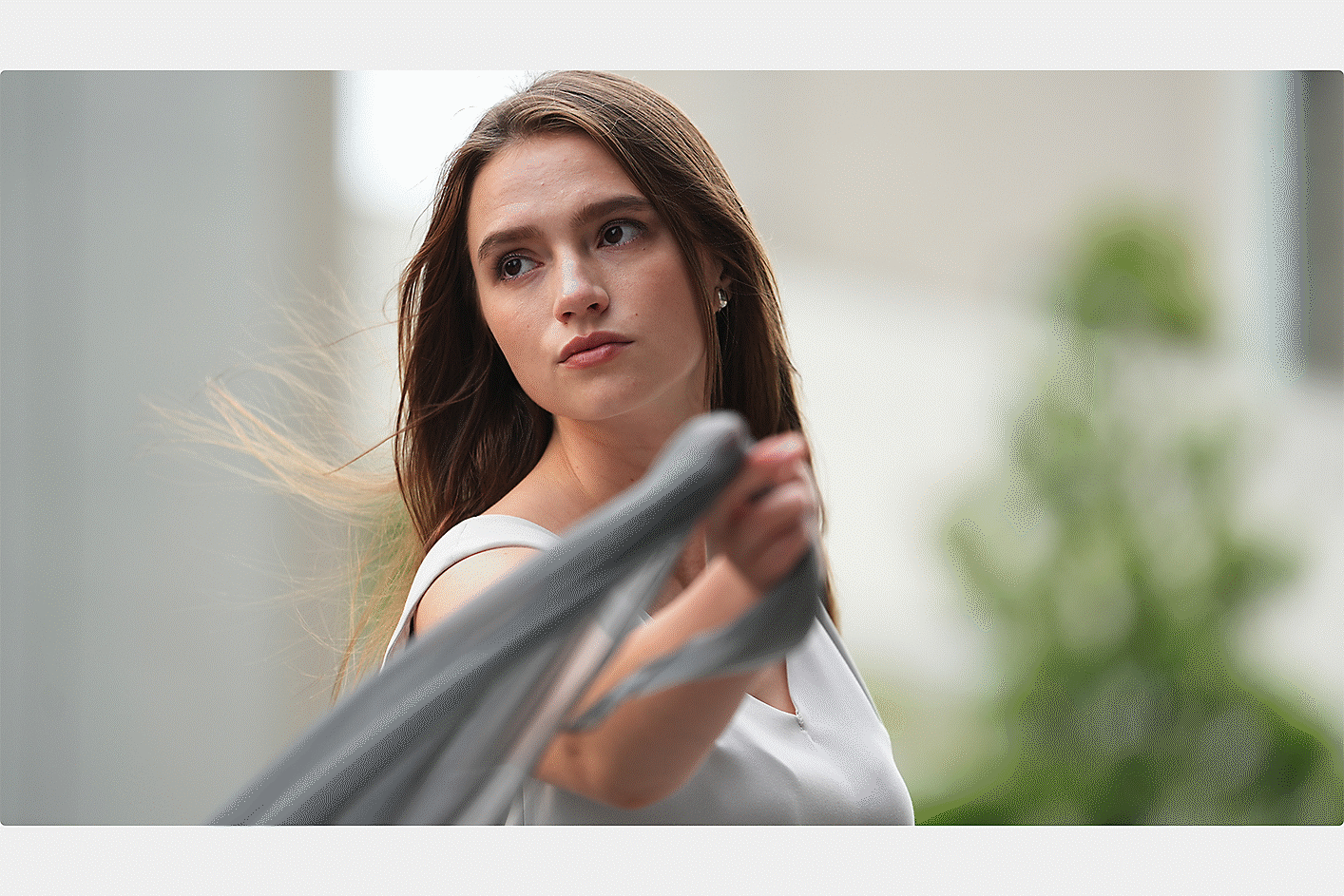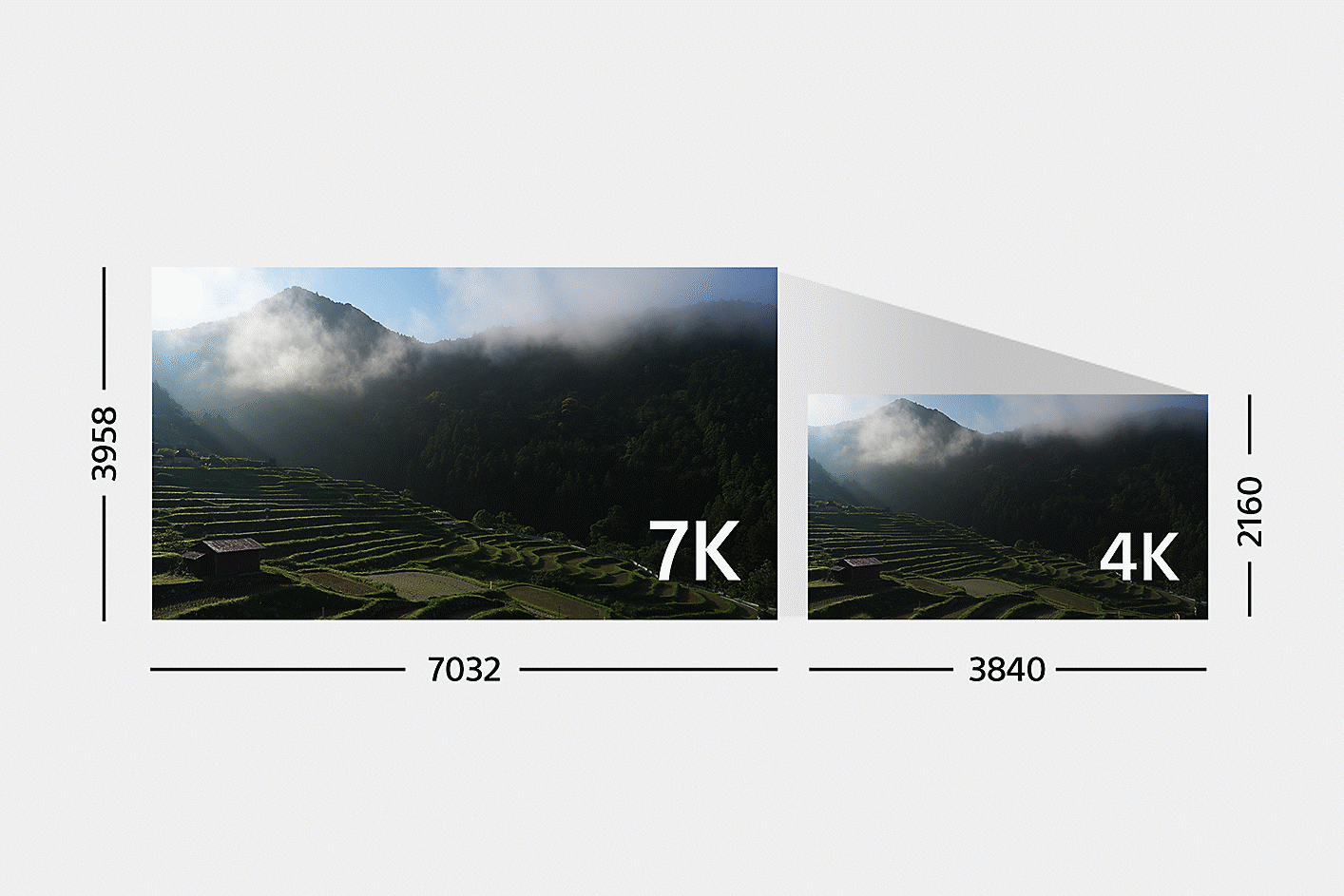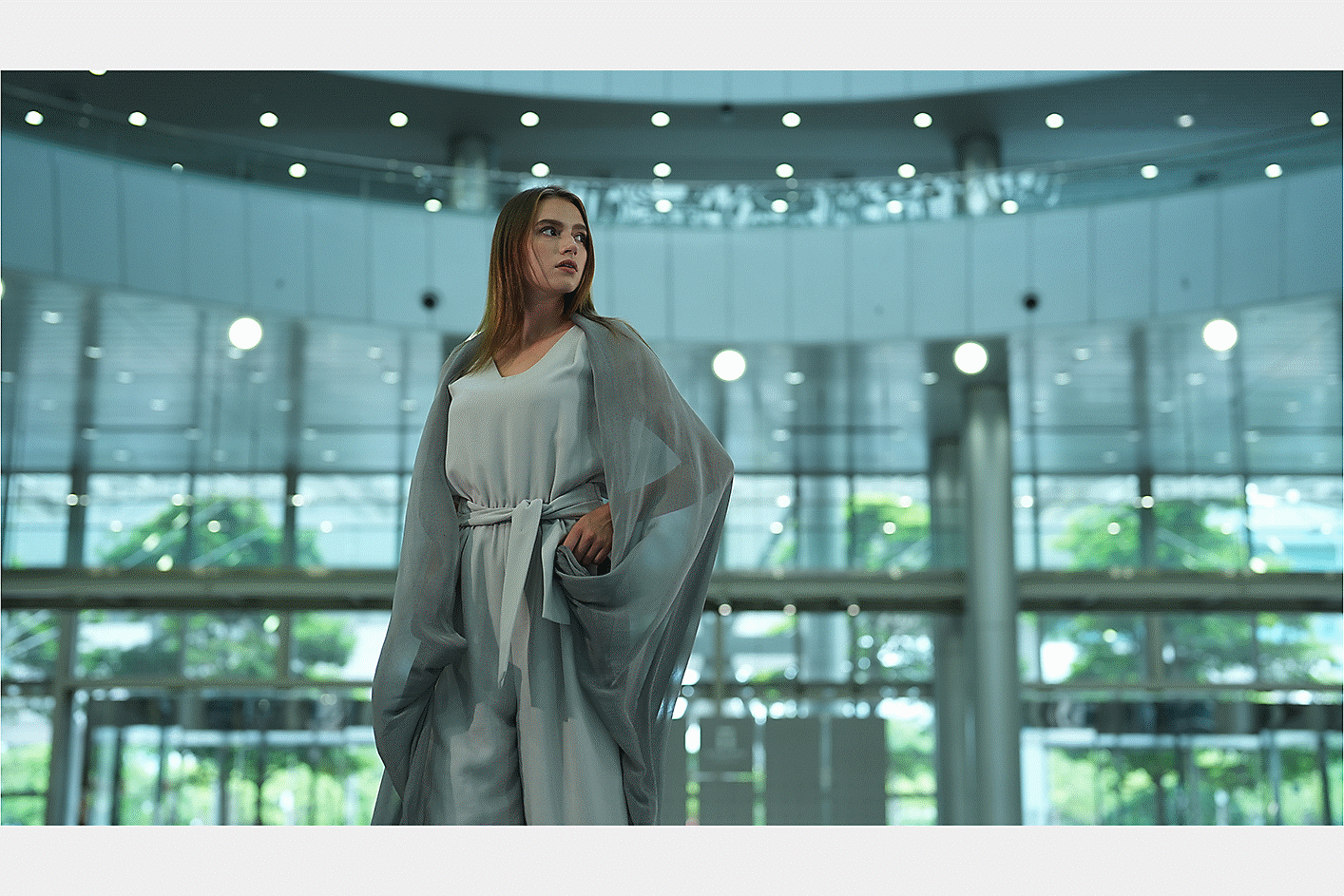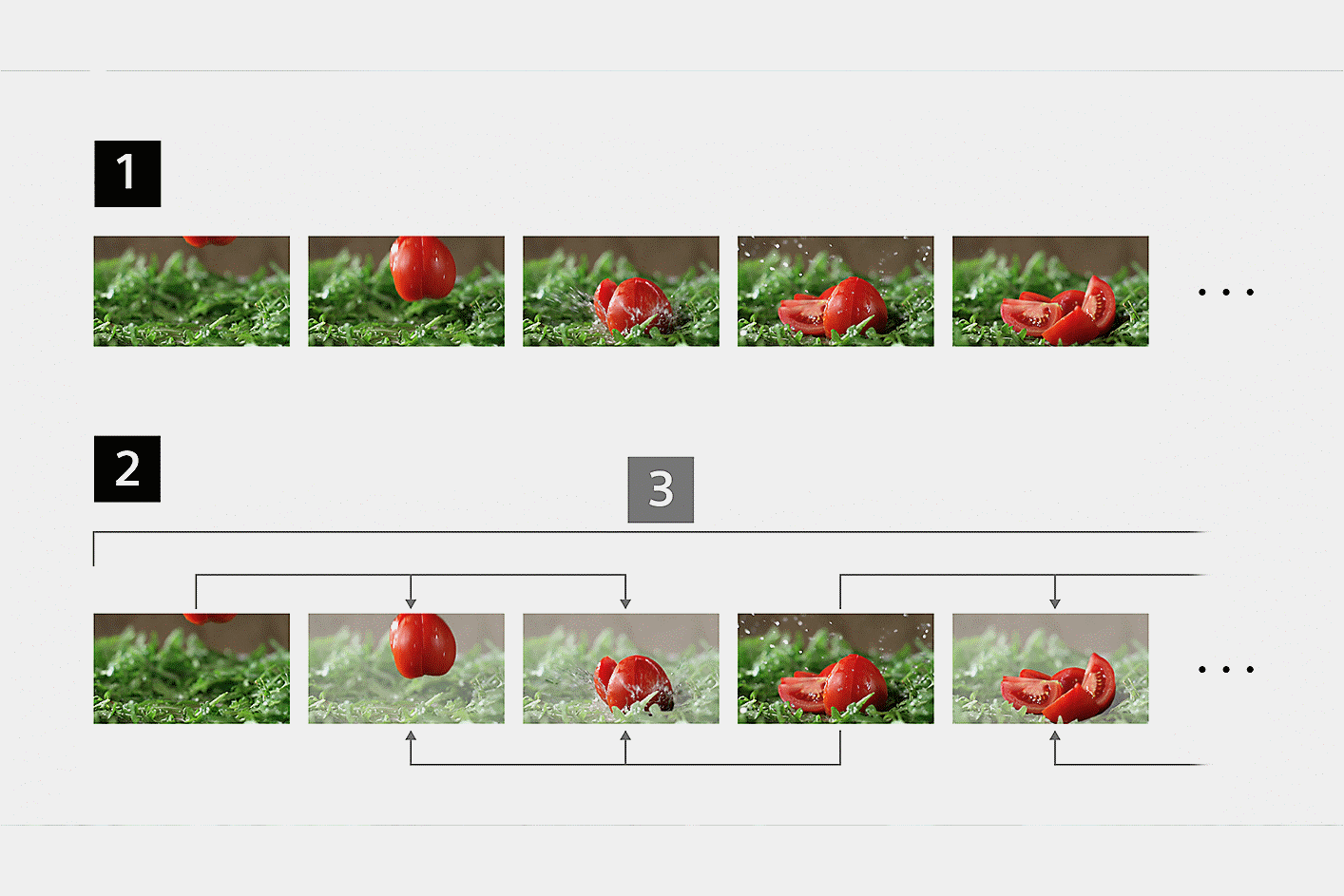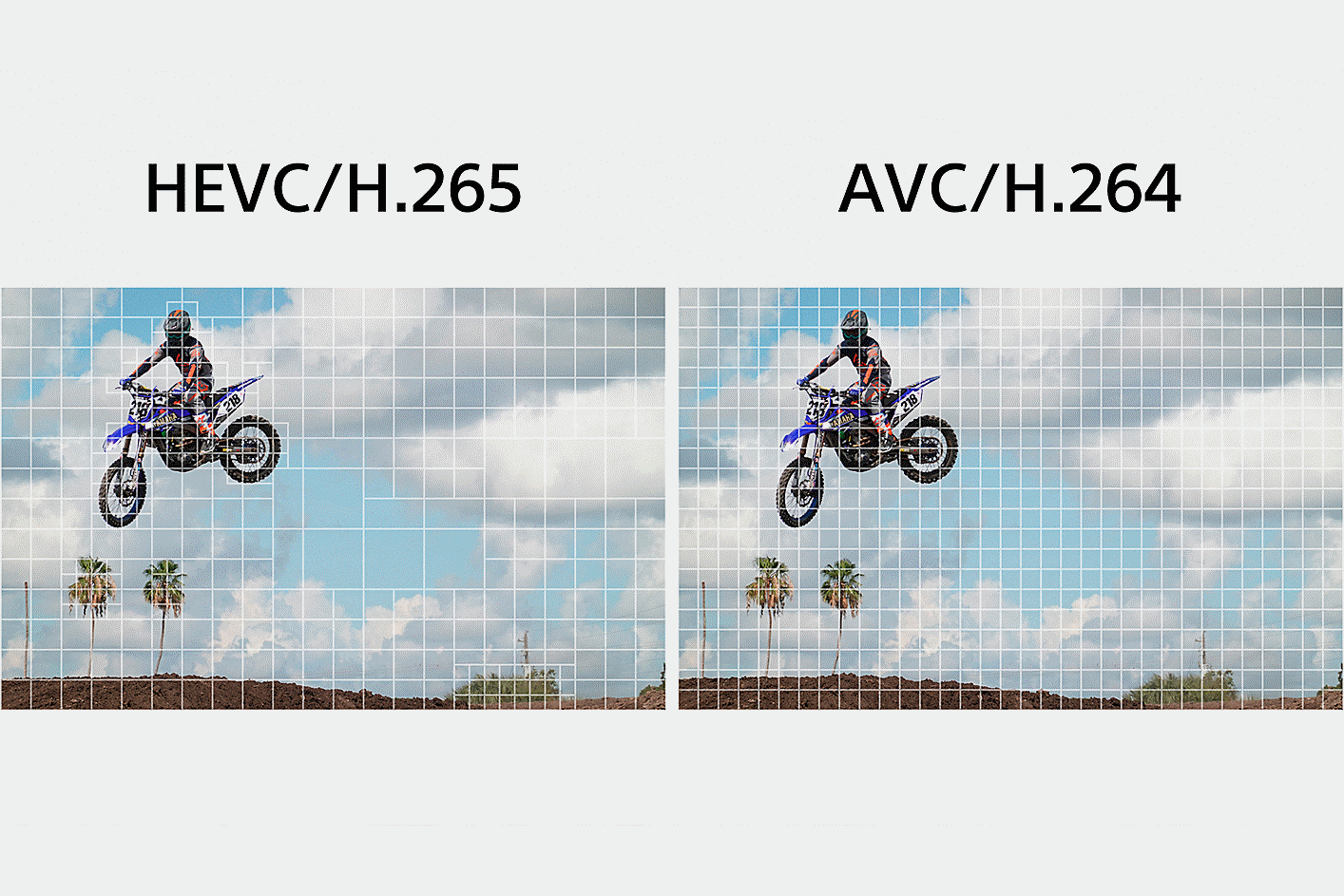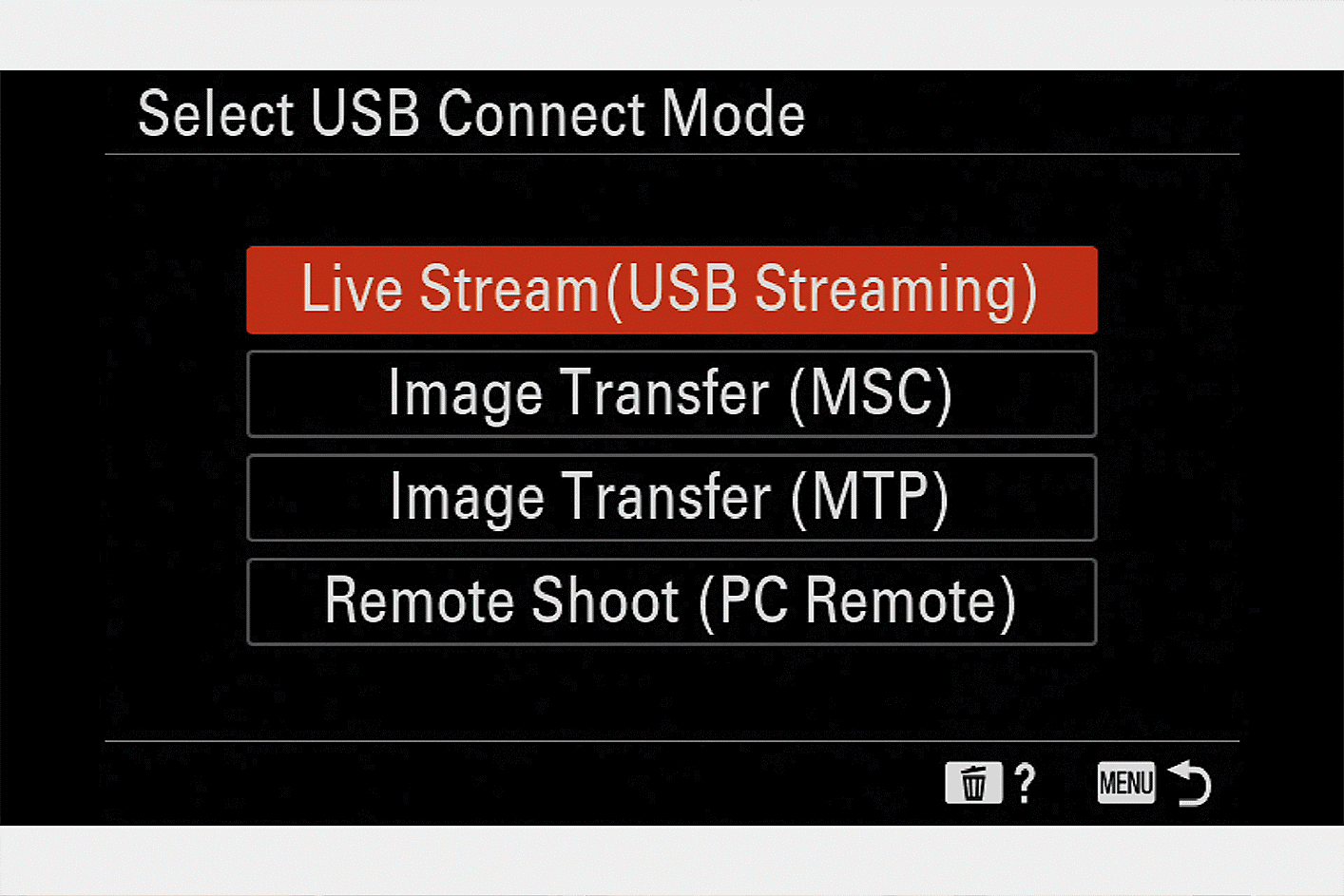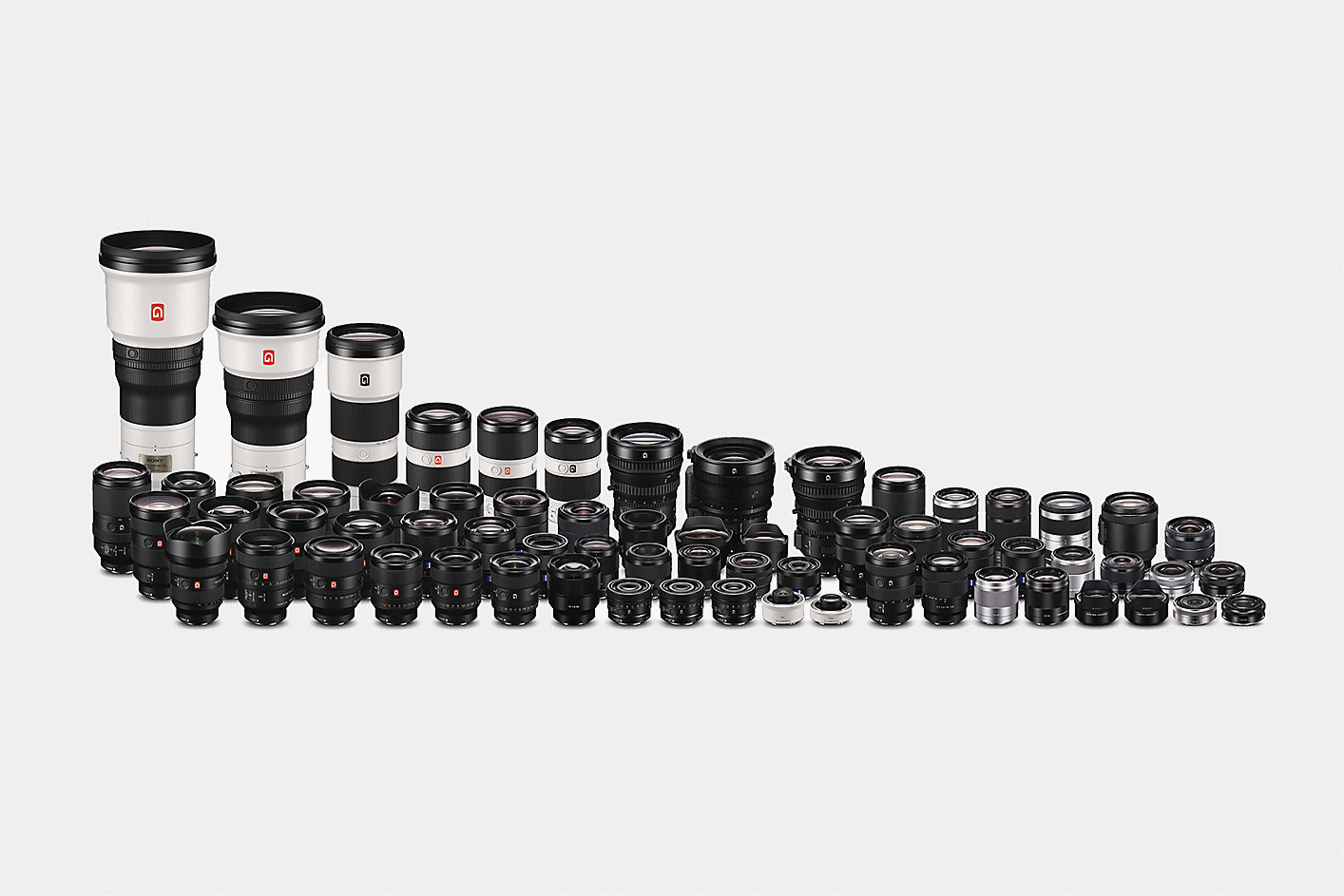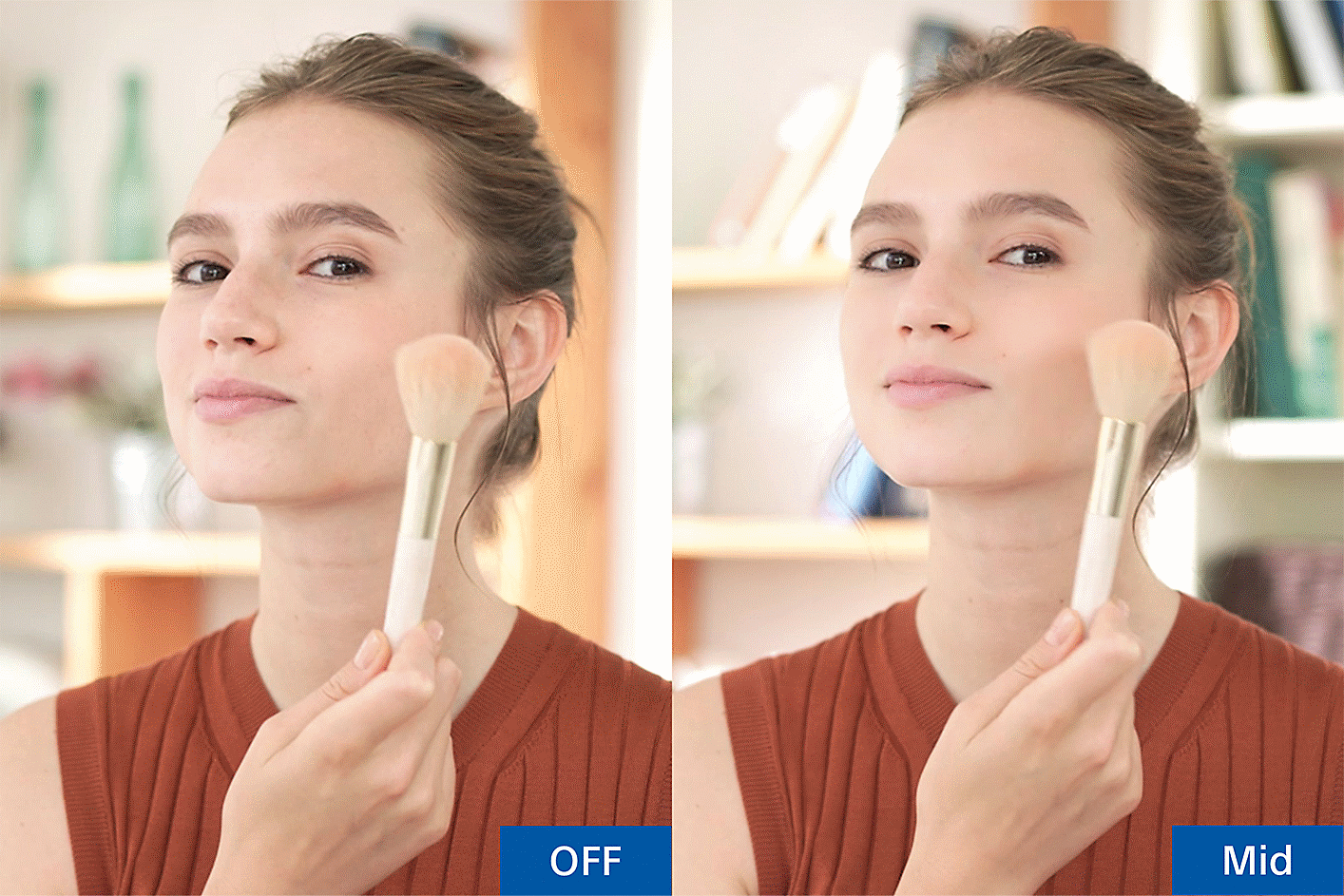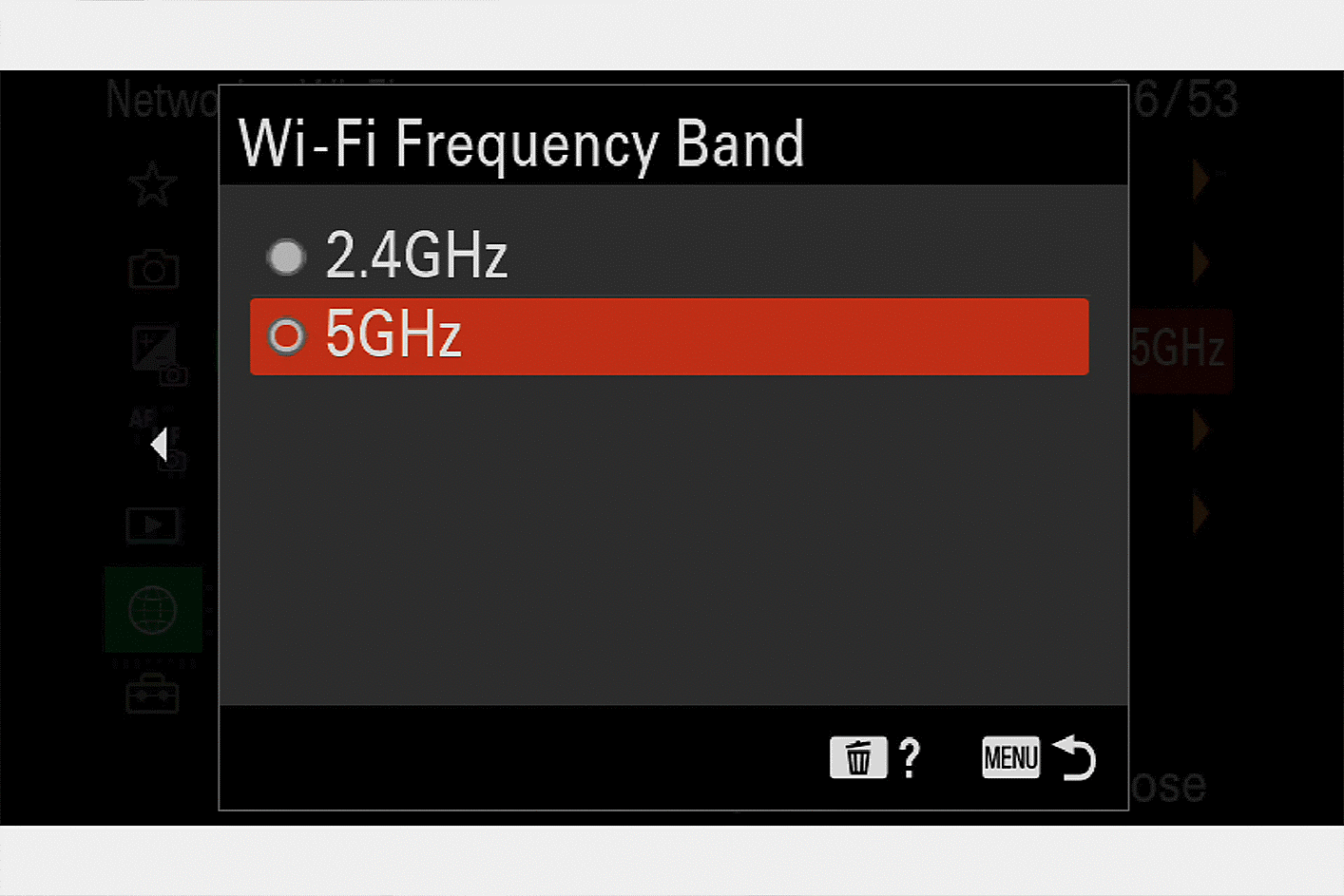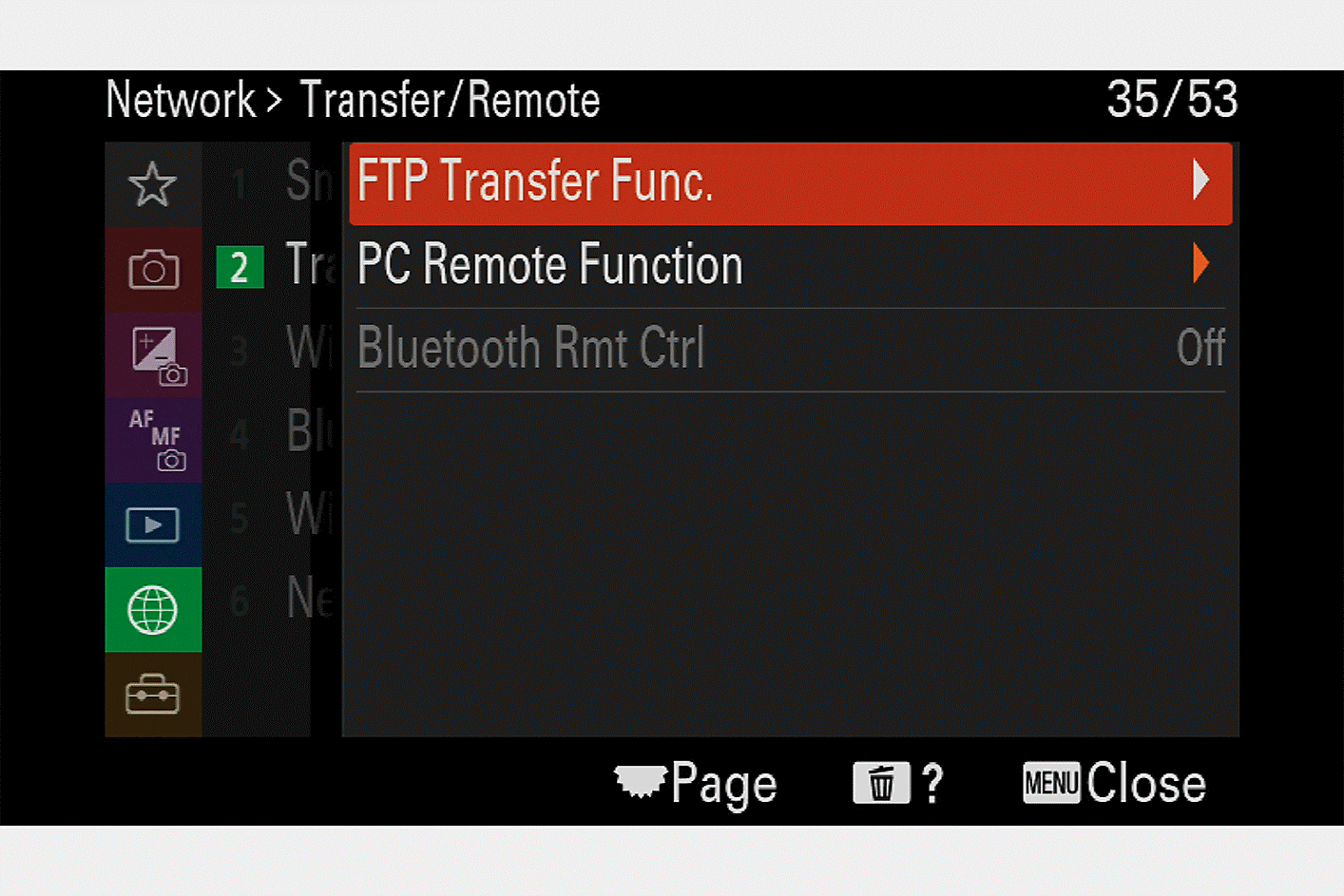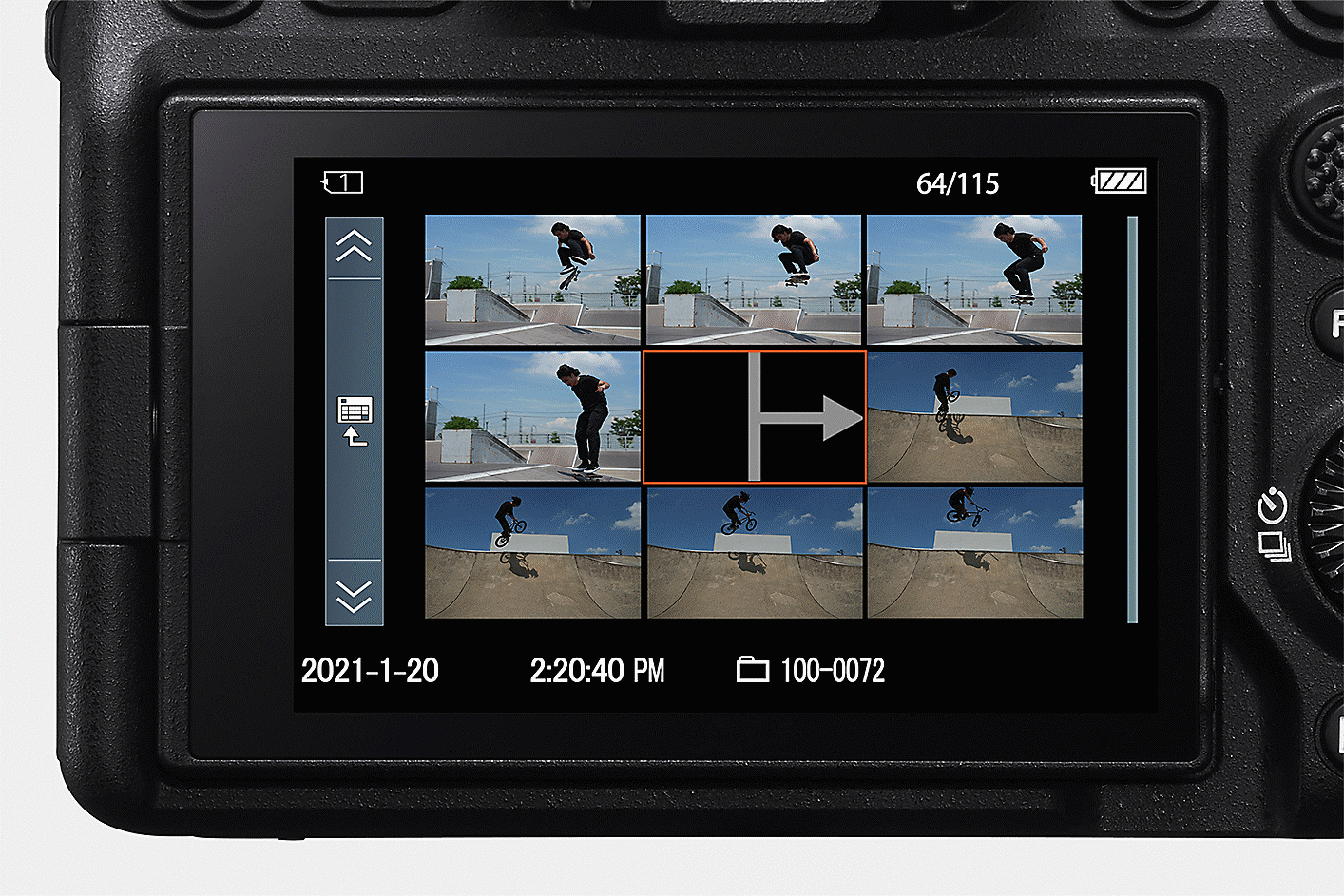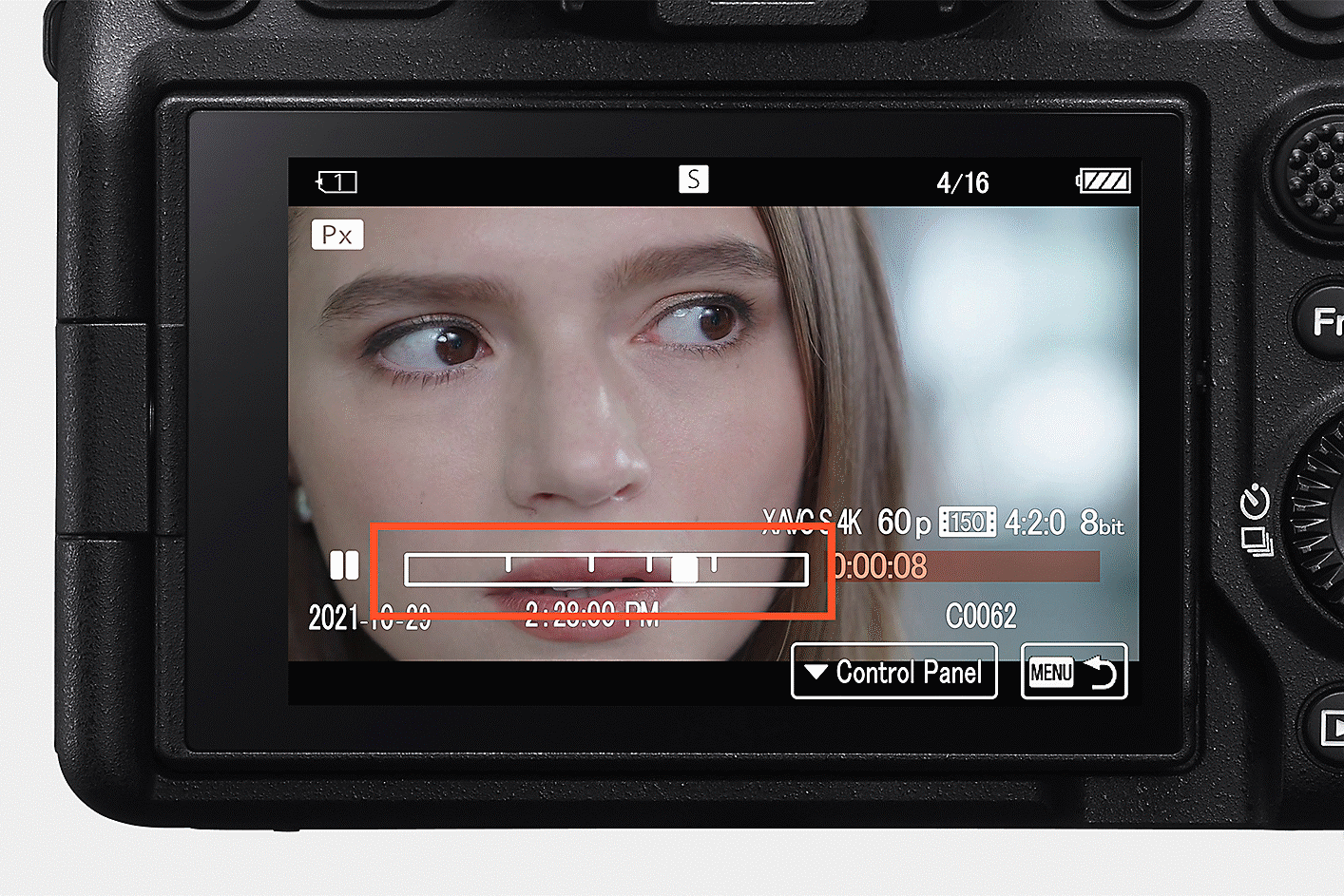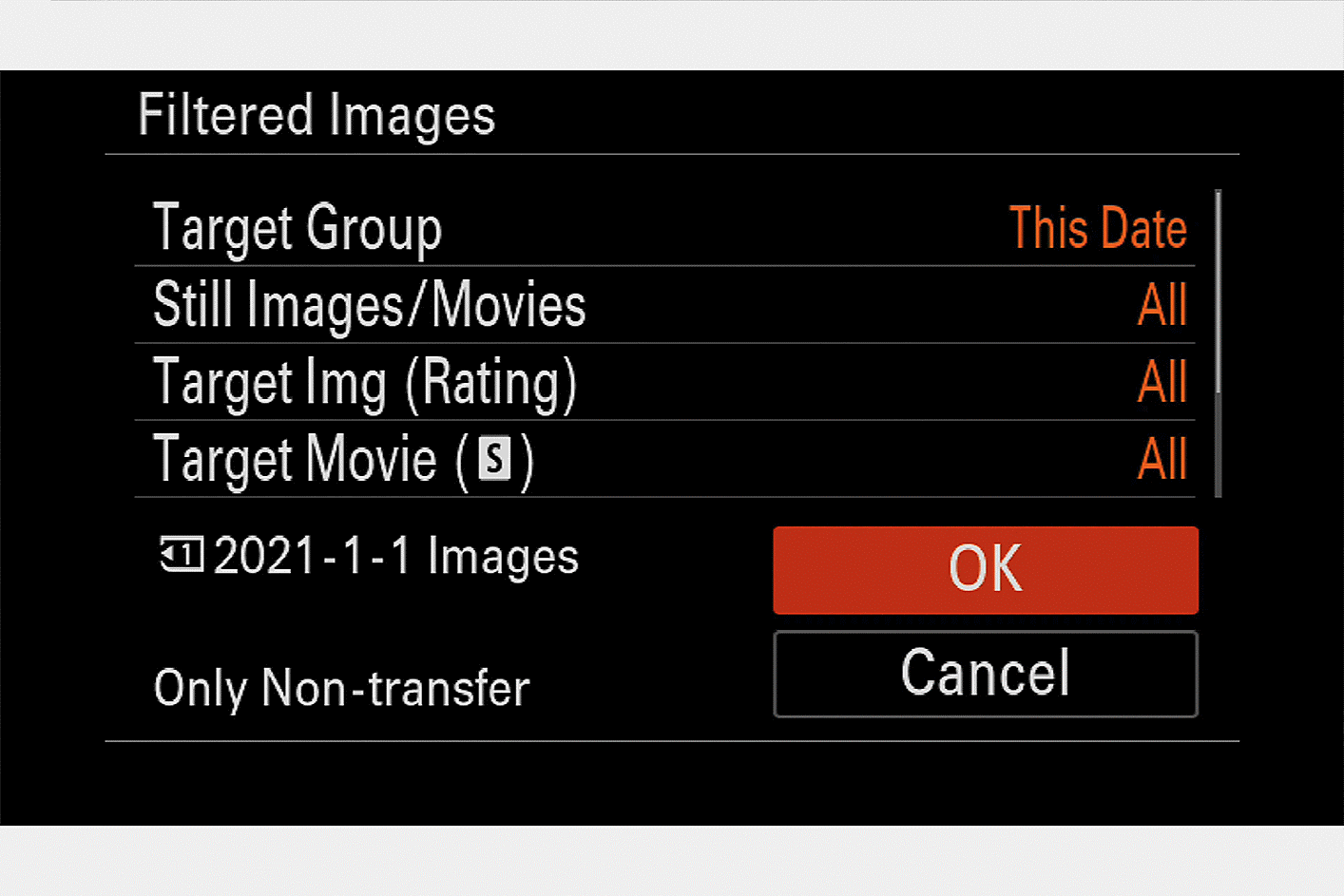SONY 7 MIV SPECS AND DETAILS
SONY 7 MIV SPECS
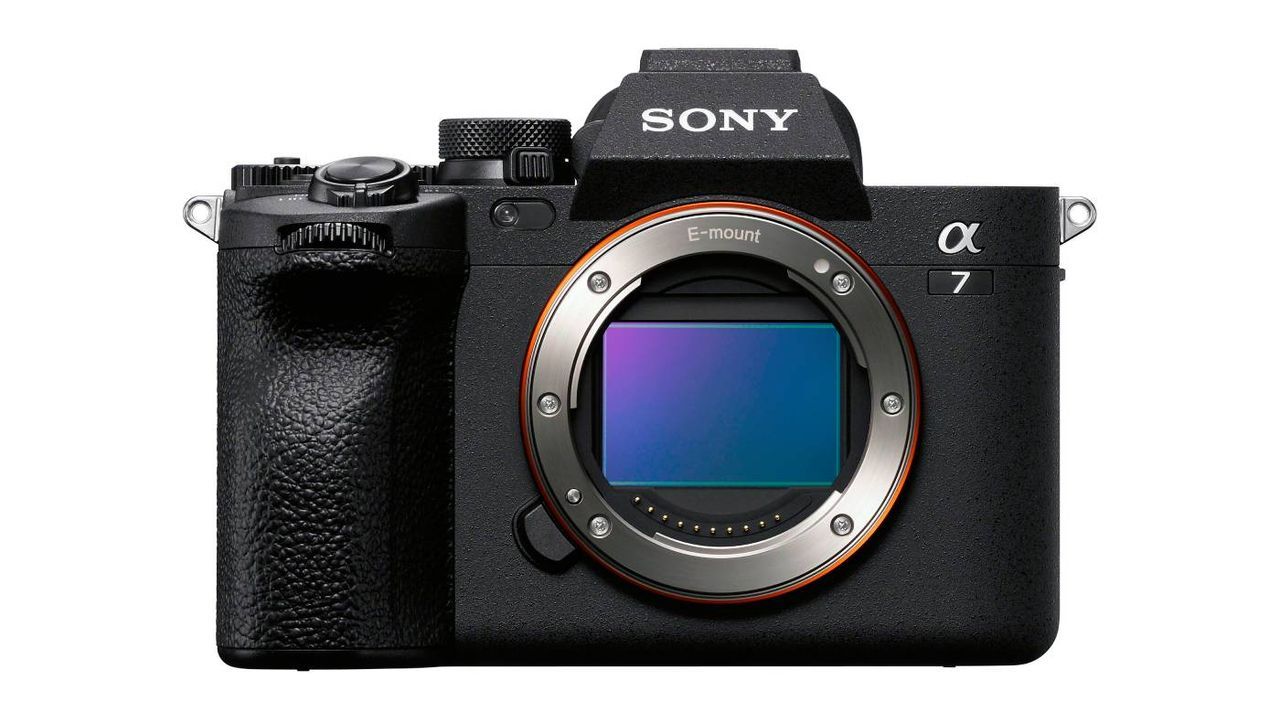




A brand-new imaging experience
Flagship-quality still and movie imaging
Share the moment as it happens
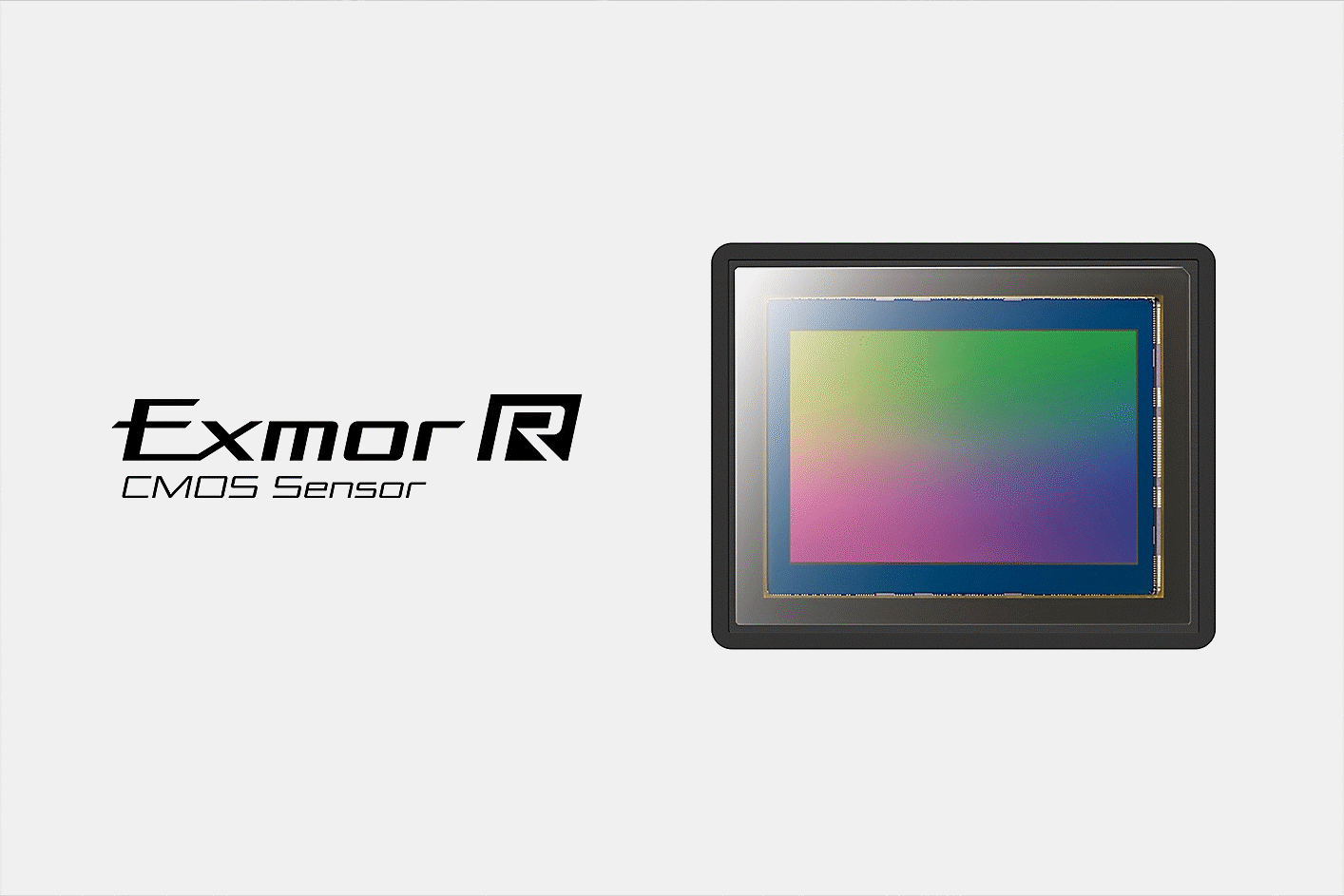
Newly developed 33‑MP1 full-frame back-illuminated CMOS image sensor
Delivering outstanding performance and excellent image quality in both stills and movies, the α7 IV's new 33.0 megapixel1 Exmor R™ CMOS image sensor provides high-speed readout, high sensitivity, low noise, and highly accurate colour reproduction.
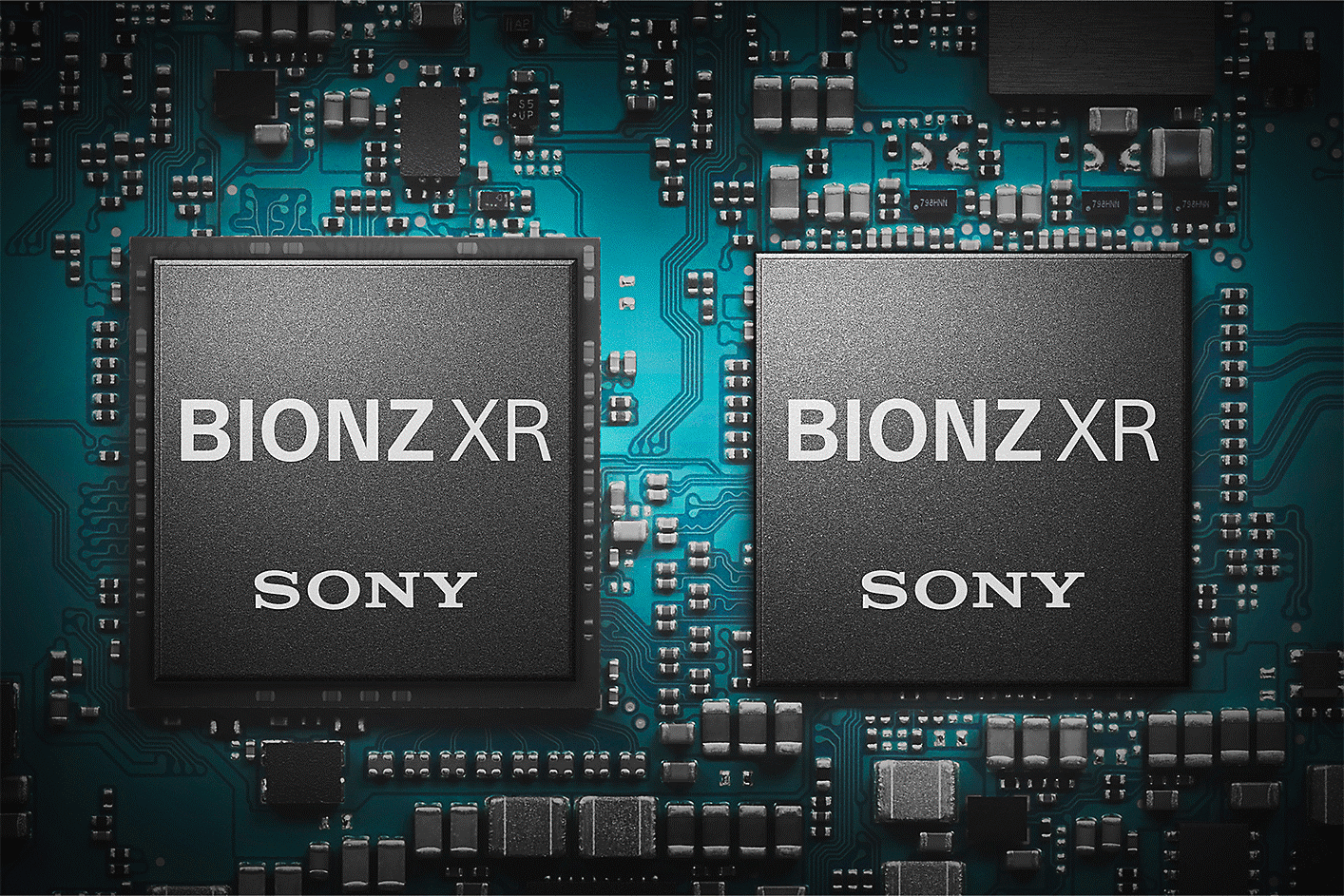
Flagship-level image processing with BIONZ XR™
The α7 IV uses the latest image processor to offer greatly enhanced performance, with improved image quality and colour reproduction. Fast processing speeds facilitate comfortable continuous shooting as well as responsive operation while performing data transfers.
Still photography without compromise
Higher resolution, better colour reproduction
The new 33MP1 image sensor and processing engine raise the bar for image quality
In addition to boasting a larger pixel count and higher resolution than the α7 III, the α7 IV and its powerful Exmor R sensor represent a significant evolution of Sony's original image technology, for improvements that go beyond mere numbers. Experience new levels of colour gradation and detail rendering as well as soft, natural-looking human skin textures.
Beautiful images with reduced noise
Building on the capabilities of the back-illuminated image sensor, the BIONZ XR engine reveals even higher subjective resolution combined with exquisite detail and texture even in medium and high sensitivity ranges. Impressively low levels of noise are achieved throughout the standard range of ISO 100-51200 (expandable to ISO 50-204800 for stills and ISO 100-102400 for movies).
Wide, 15-stop2 dynamic range
Taking advantage of the camera's full dynamic range of 15 stops2, the α7 IV uses image data from the sensor's 33.0 megapixels1 to render remarkably delicate detail in landscapes and scenery. This stunning image quality is based on Sony's unrivalled experience at the front lines of both still-image and movie creation.
Enhanced resolution and colour Low noiseWide dynamic range
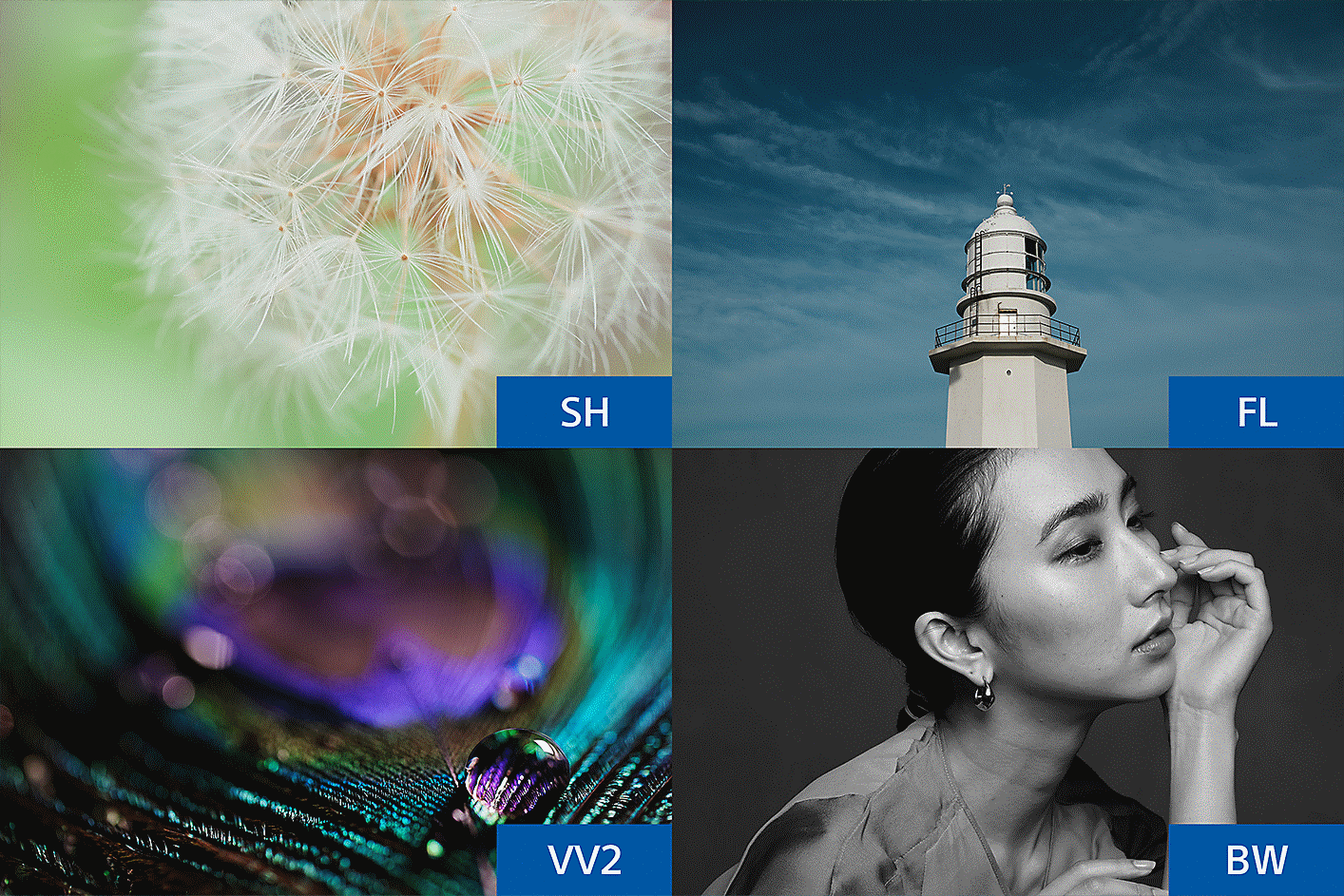
Quickly set the visual mood with ten Creative Look presets
A selection of ten Creative Look presets and eight parameters can quickly craft a mood for your still images, movies, and live streams. And since no post-editing is needed, you can share your vision immediately after shooting.

10-bit HEIF3 still-image format for smooth gradations
Along with conventional RAW and JPEG, you can choose the HEIF (High Efficiency Image File) format for still-image capture. Smooth 10-bit colour depth provides realistic reproduction of skies and portrait subjects where subtle, natural gradation is essential.
5-axis optical image stabilisation
Up to 5.5-step4 shutter-speed compensation from the in-body stabilisation unit
The α7 IV's high-precision stabilization unit and gyro sensors work together with image-stabilization algorithms to achieve up to 5.5 steps3 of shutter-speed compensation, to maximize the high-resolution performance of the camera's 33.0‑MP1 image sensor.
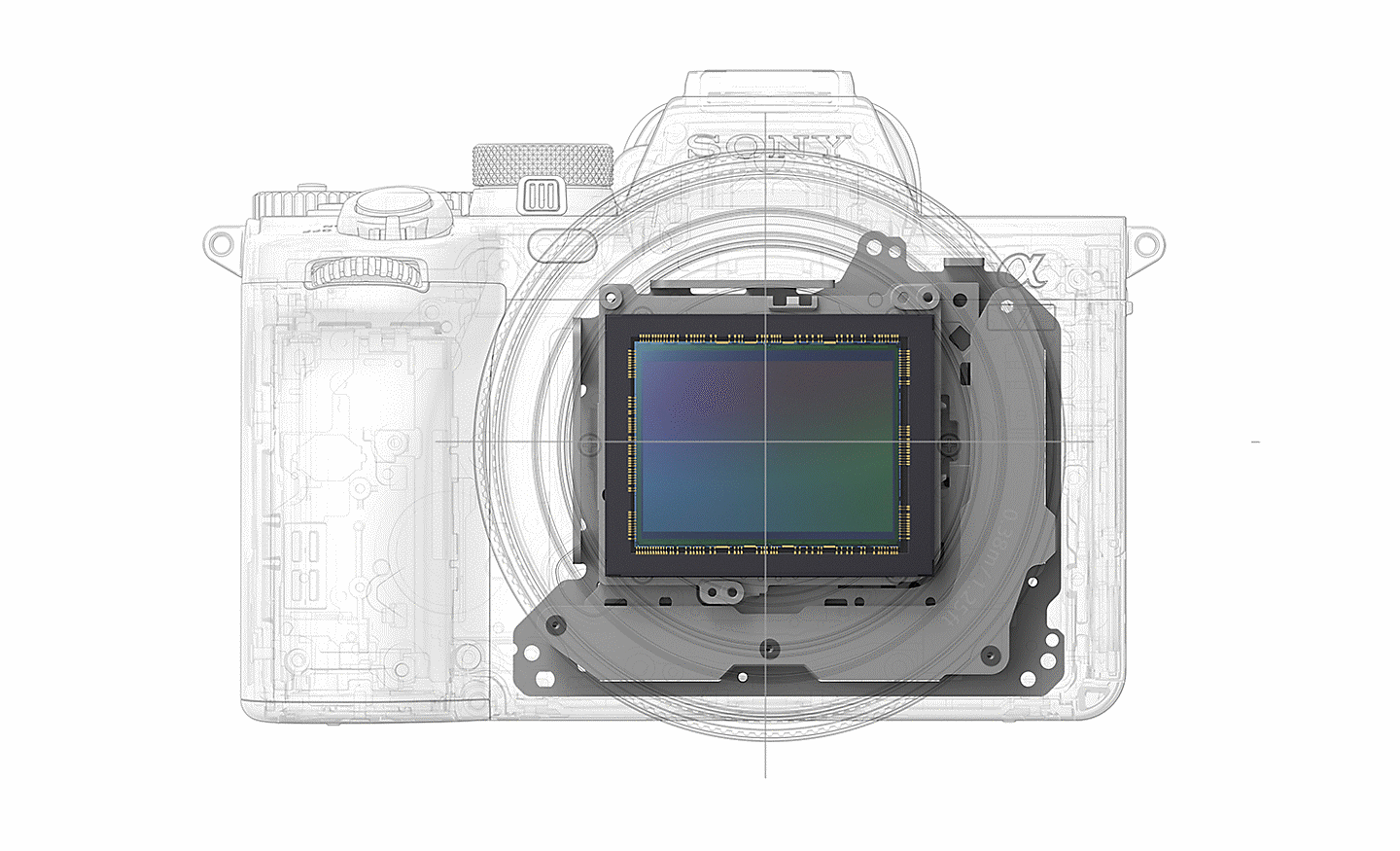

Sony's flash units coordinate with the camera's face-detection system
Sony's latest flash units communicate fully with the α7 IV, leveraging its powerful face detection capabilities to adjust exposure to produce natural-looking skin tones5. Precise white balance synchronisation and P-TTL metering, at up to the ‘Hi’ level of continuous-burst speeds, reliably expose even fast-moving subjects with quick lighting changes, for unmatched dependability and creative possibilities.
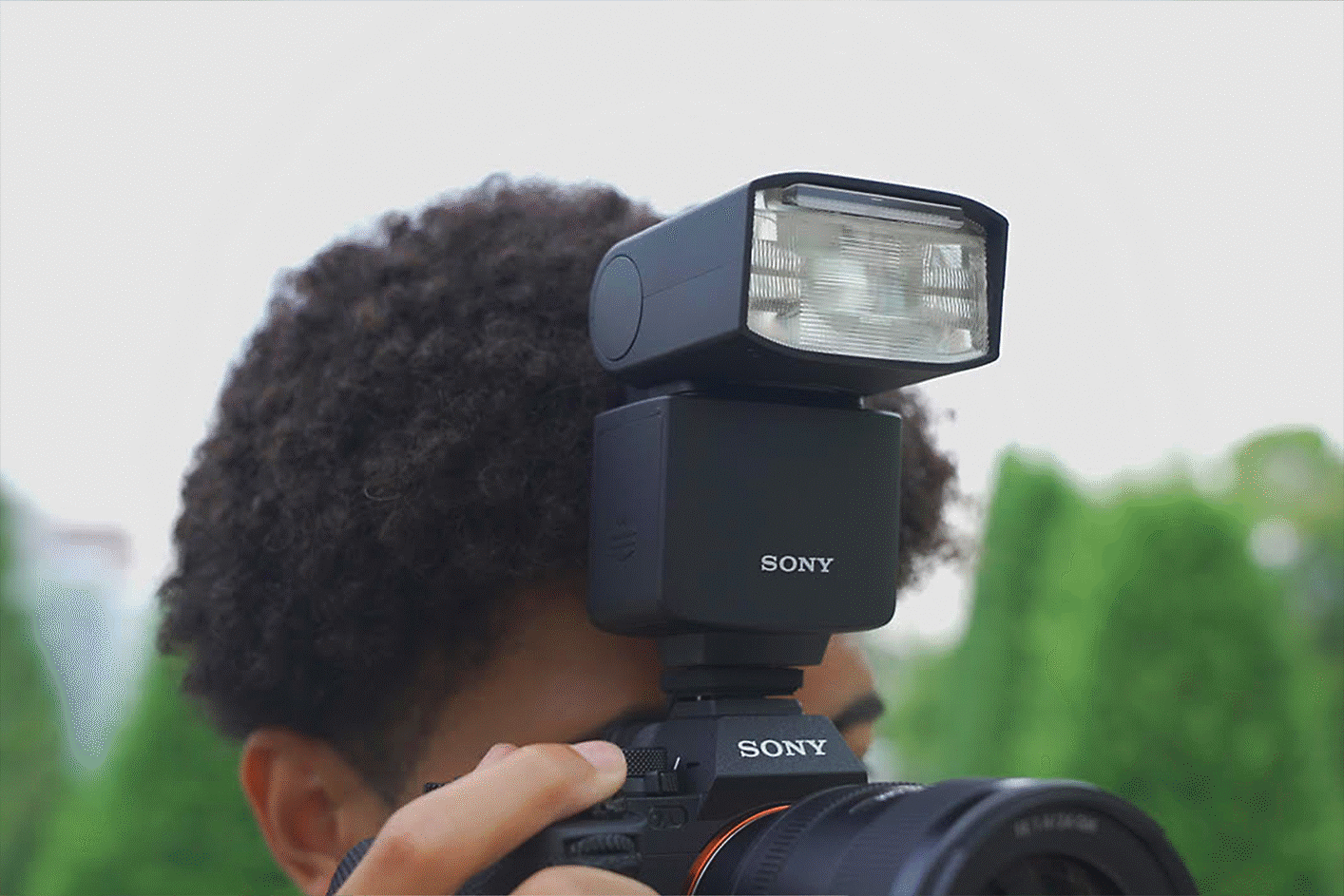
External control of flash units
For greater convenience during shoots, compatible flash and radio wireless commander units connected to the α7 IV can now be controlled directly from the camera interface.
Reliable autofocus, impressive speed
Fast Hybrid AF, evolved
The Fast Hybrid AF system, combining phase-detection AF and contrast-detection AF, has evolved even further to achieve greater speed, accuracy, and tracking performance. With Sony's 4D FOCUS, a wide, dense AF area covers roughly 94% of the image area for both stills and movies with 7591 phase-detection AF points.
10-frames-per-second2 continuous shooting with fast buffer release
Both the mechanical and electronic shutters allow you to shoot more than 800 frames 3& at up to 10 fps2 with AF/AE tracking, thanks to the α7 IV's high-capacity buffer memory, speedy BIONZ XR processor, and improved memory card writing speed.
Sony's smart AI-based Real-time Tracking4 and Real-time Eye AF
Sony's unique subject recognition algorithm uses colour, pattern (brightness), and subject distance (depth) data to rapidly process spatial information in real time. AI is used to detect and track the eyes and face of the subject (human, animal or bird) with extremely high precision. Just select the subject to track, then leave it to the camera.
Improved Real-time Eye AF
Keeping the targeted eye in focus so you can concentrate on composition
The high speed of the latest image-processing engine provides a significant boost to Real-time Eye AF performance, even when the subject is looking up, down, or sideways. It is also possible to use Touch Tracking to initiate Real-time Tracking of any subject in the frame, simultaneously initiating Real-time Eye AF if an eye is detected, simply by touching the screen.
Pet photos made easy
Fast, accurate focus for difficult animal shots5
By setting the camera's subject detection type to "Animal" in advance, you can automatically detect and track an animal's eyes4, for greater success in both wildlife shots and photos and movies of your pets at home. Animal-eye detection has been improved, with reliable tracking and accurate focus even when the animal's face is upside down.
Real-time Eye AF for birds5
Bird-eye detection supported for both still shots and movies
For the first time in the α series, bird-eye detection is available in movies as well as still shots – simply preset the subject to "bird". The camera's astonishing speed and precision allow automatic tracking of a specific bird5, whether it's perched somewhere or in flight, keeping the eye in steady focus despite any fast and unpredictable movements.
Movie imagery, moving ever forward
4K 60p1 movies with smooth, natural-looking capture
It is now possible to record movies at up to 4K 60p1 with full pixel readout and without binning, taking advantage of the α7 IV's brand-new image sensor and wide dynamic range for smooth images of fast-moving subjects.
7K2 oversampling for beautifully expressive, richly detailed images
When recording 4K3 movies at up to 30p, full-frame 7K oversampling is possible, resulting in high-resolution, highly detailed 4K3. Select the mode that best suits your purpose, and let the camera deliver.
Next-level image quality with 10-bit 4:2:2 recording
Make in-camera recordings with the amazing richness of 10-bit depth and 4:2:2 colour sampling, with either Long GOP or All-Intra frame encoding, for far greater flexibility in image grading, post-processing, and compositing.
All-Intra encoding supported in addition to Long GOP
All-Intra4 recording encodes every frame independently, at bitrates of up to 600Mbps5, capturing complex motion more accurately and allowing more efficient editing workflows.
[1] All-Intra (All-I) [2] Long GOP [3] Group of Pictures
Superior quality and smaller file sizes with XAVC HS6
The XAVC HS6 recording format uses HEVC/H.265 encoding to achieve twice the compression efficiency of AVC/H.264 encoding, for superior image quality and smaller, space-saving file sizes.
A new era of image communication
Instantly turn your α7 IV into a web camera
All it takes is a USB connection to turn the full-frame α7 IV into a high-performance webcam. There's no need for complicated advance setup, just connect the camera to a computer or smartphone via USB?, select "Live Stream (USB Streaming)", and you're set.
4K? / Full HD Live
The α7 IV supports UVC (USB Video Class) / UAC (USB Audio Class) standards that are usually included in USB cameras, so there's no need to prepare dedicated software in advance. Just connect via USB and get ready to go live at up to 4K resolution?.
Quick and easy setup for live streaming
The α7 IV makes live streaming easy. When you connect to a computer via USB, the USB function selection menu will pop up on the camera display. Simply select "Live Stream (USB Streaming)" and you'll switch to that mode immediately, without needing any advance setup.
Changeable lenses expand your expressive options during live streaming
With more than 60 Sony original E-mount lenses, from wide to telephoto focal lengths, plus premium and specialist creative lenses, there are near-limitless expressive choices for your streaming or sharing.
Soft Skin Effect
The α7 IV's built-in Soft Skin Effect makes skin look bright and beautiful, softening wrinkles, blemishes and dull-looking areas while adding emphasis to the eyes and mouth. This feature is available for still shots, movies and live streaming.
Share your still images and movies immediately
The α7 IV is designed to make sharing easy, so you can share your fresh images, and your vision, with the world immediately.
5‑GHz? Wi-Fi
Wireless LAN functionality is available, with a 5‑GHz? band in addition to the conventional 2.4‑GHz band (IEEE 802.11a/b/g/n/ac standards are supported). The benefits of 5‑GHz? communication include faster data transfer.
Background FTP file transfer
This feature lets you transfer still-image and movie files to a specified remote FTP server via wireless LAN, high-speed wired LAN (via a compatible USB-Ethernet adapter cable to the camera's USB Type C® port), or a USB-tethered smartphone.
Improvements in selection and editing workflow
The α7 IV incorporates a number of individual improvements to image selection and editing, adding up to smoother overall workflow that allows large amounts of data to be efficiently managed.
Create Divider Frames?? for faster access and selection
Still-image Divider Frames?? can be inserted between images? in order to quickly locate desired scenes; a black background with a grey arrow indicates a new scene or section.
Adding movie markers (essence marks)
Two types of shot marks, used as "essence marks" or flags, can be easily added to recorded movie footage to mark favourite takes or scenes, and the main dial can be used to quickly navigate from one mark to the next during playback.
Numerous choices in selecting files to be transferred
Files can be selected to be transferred according to criteria such as rating, shot marks, protection status, or file format. Single files can be transferred manually with a custom button.
HIGHLIGHTS
Newly developed 33.0‑MP2 full-frame back-illuminated Exmor R CMOS image sensor
Advanced BIONZ XR image processing engine with up to 8x the processing performance3
Reliable AF capabilities including Real-time Eye AF for humans, animals, and birds
Movie-making with 4K 60p4, 10-bit 4:2:2 recording capability
Advanced functions for movies including Active Mode, Breathing Compensation, and AF Assist


